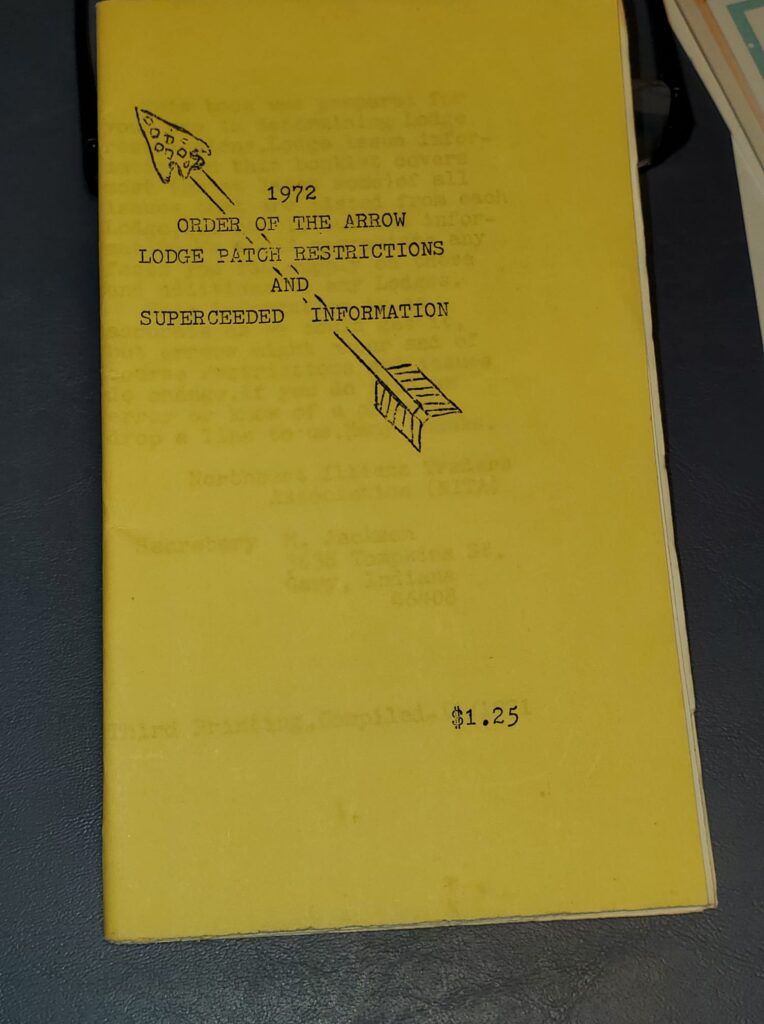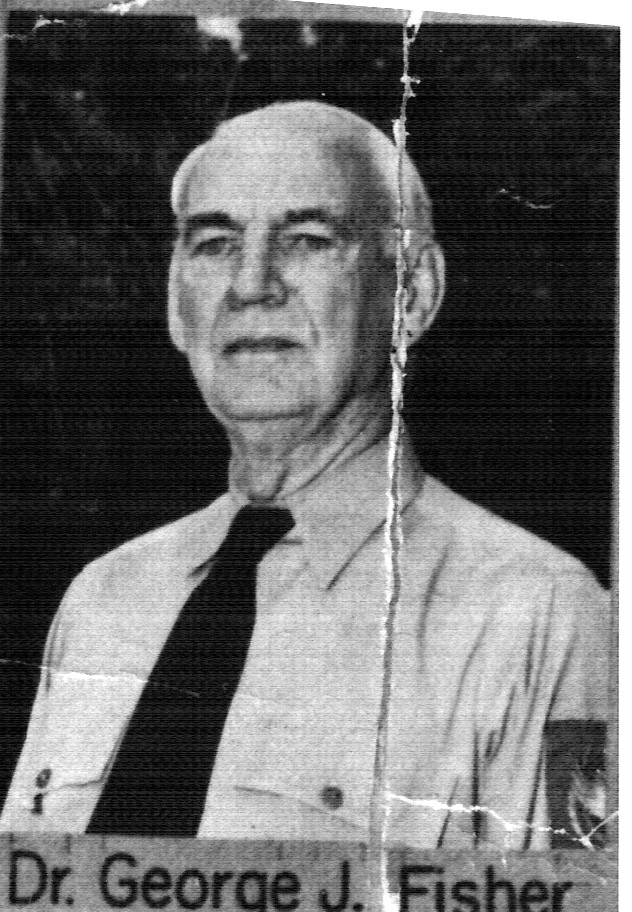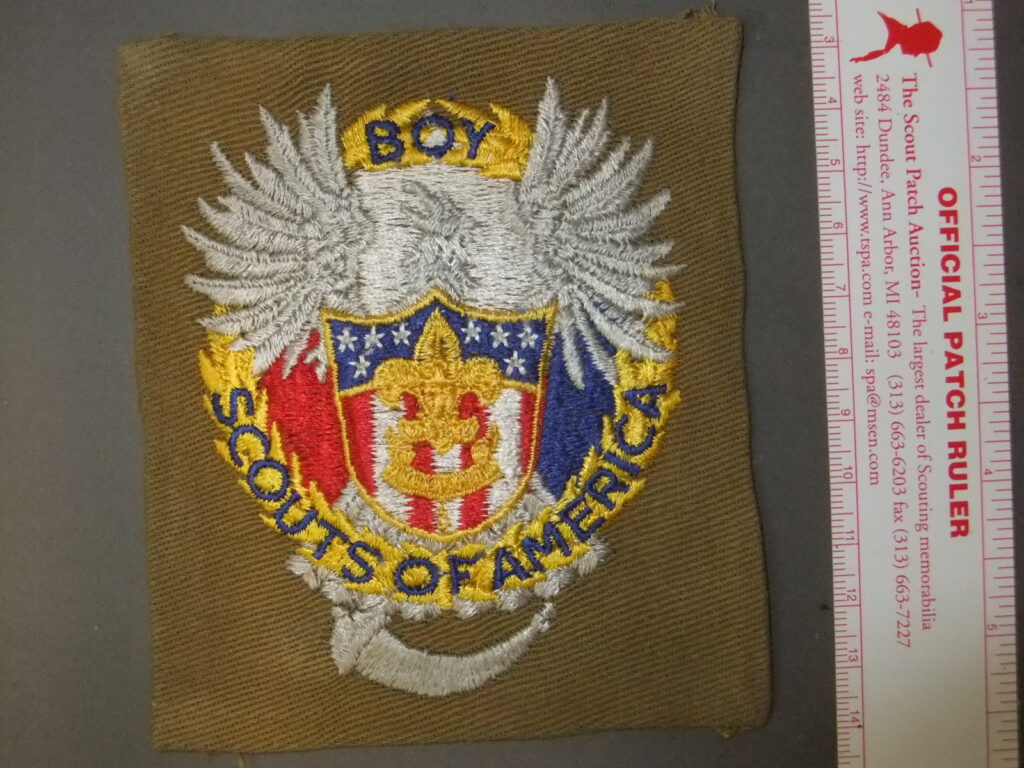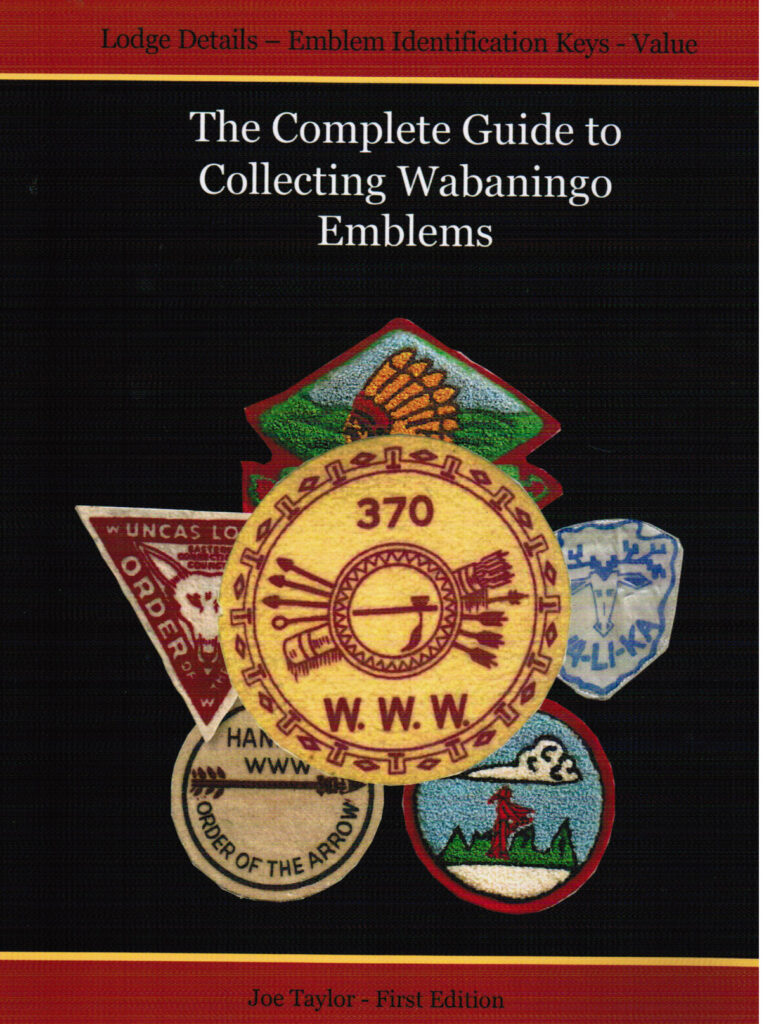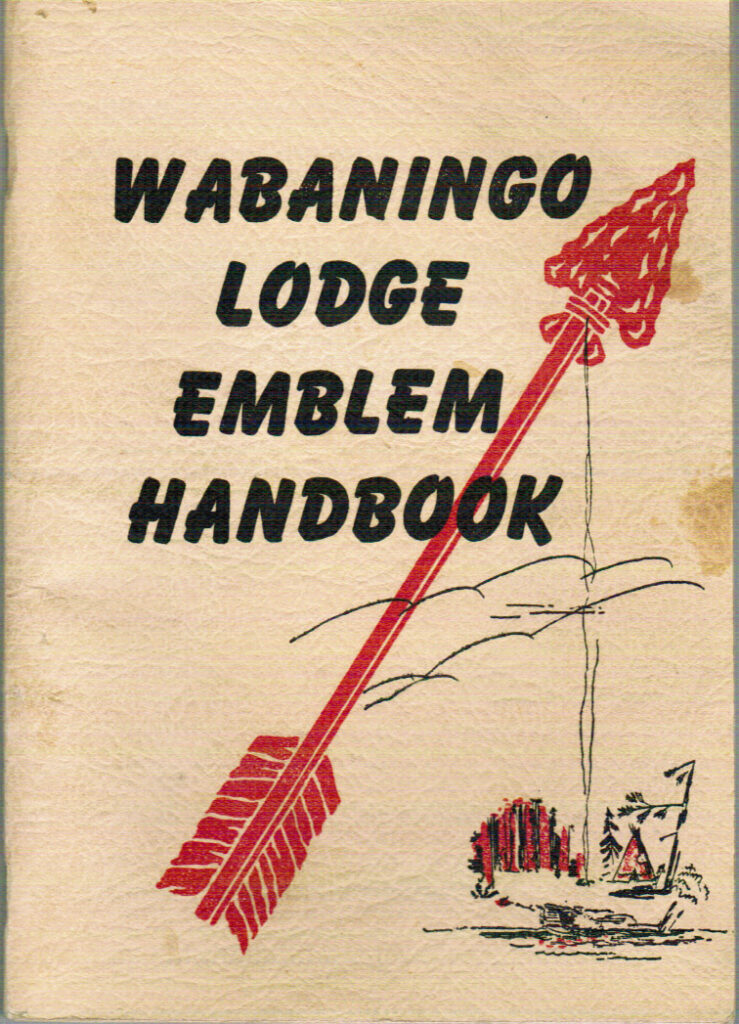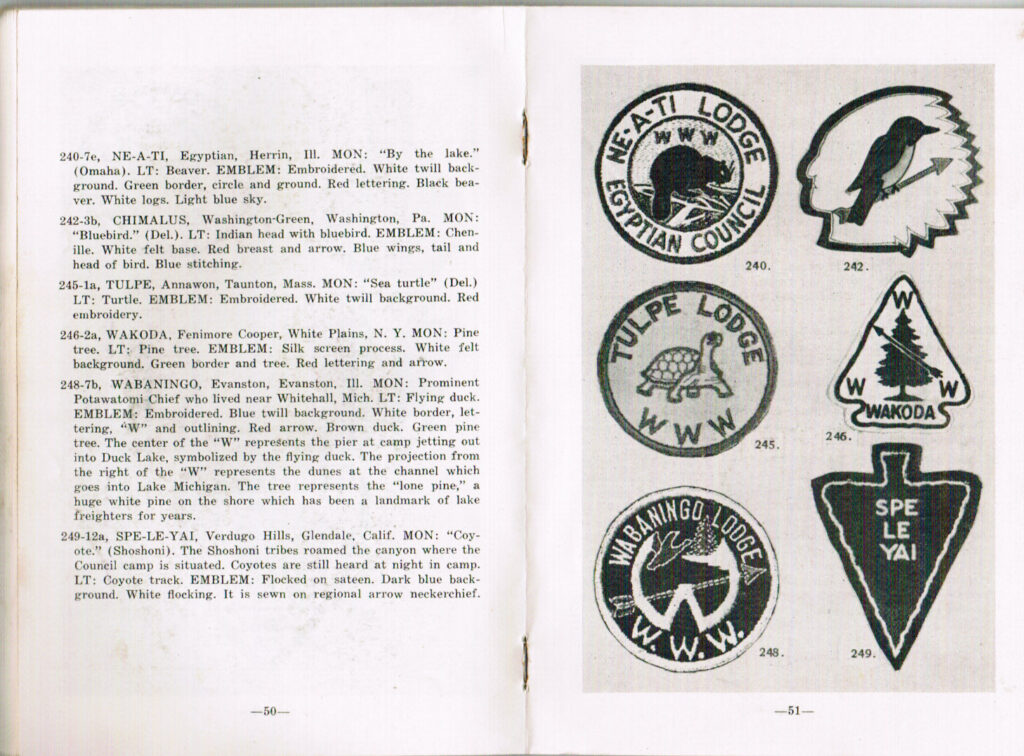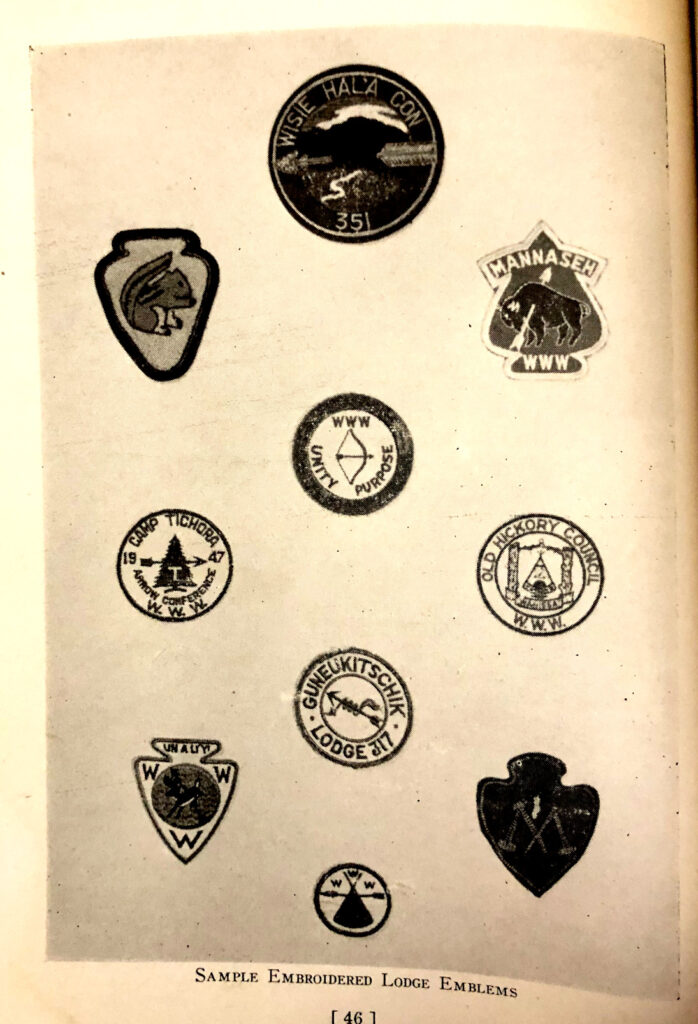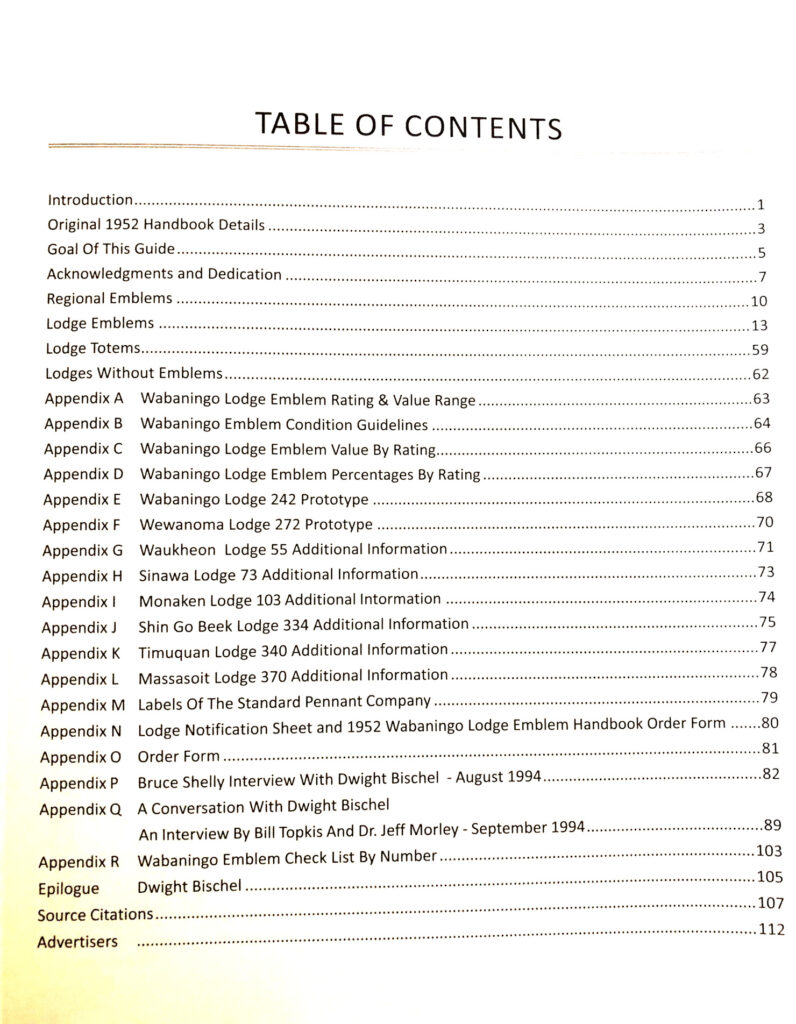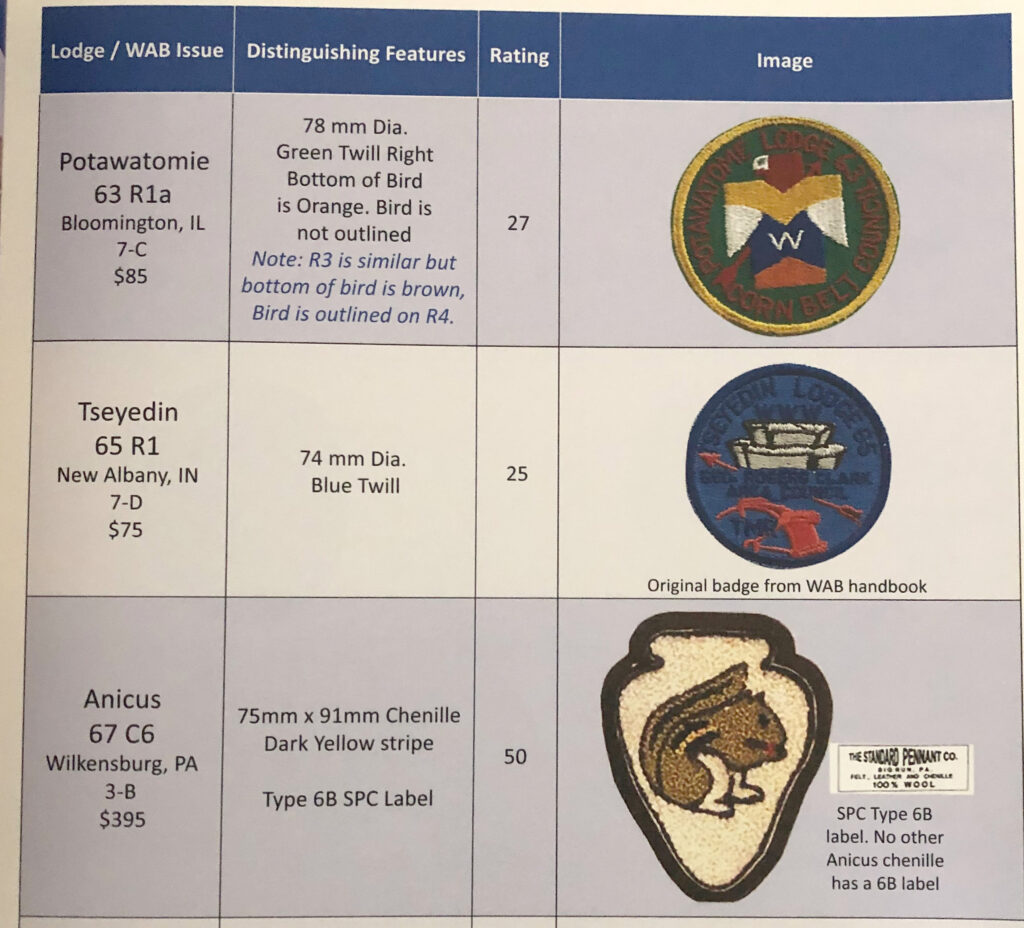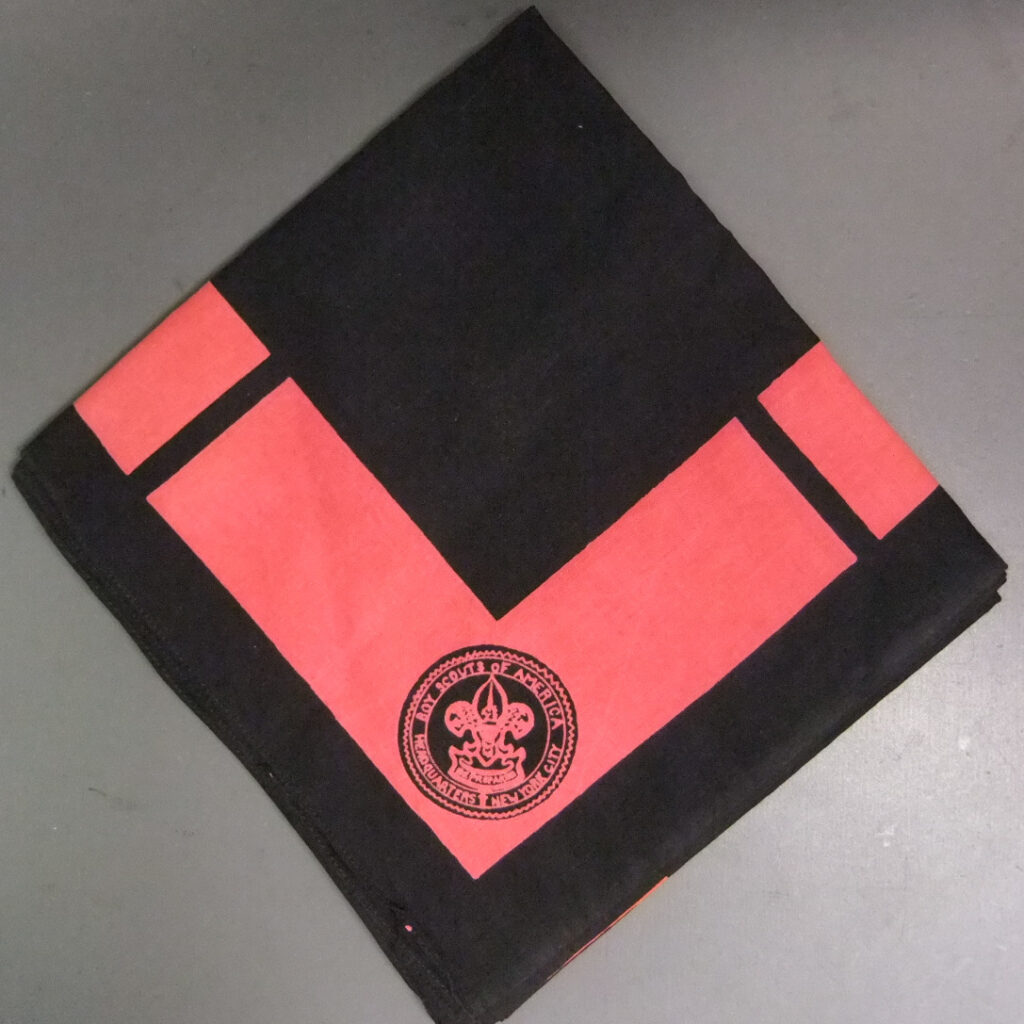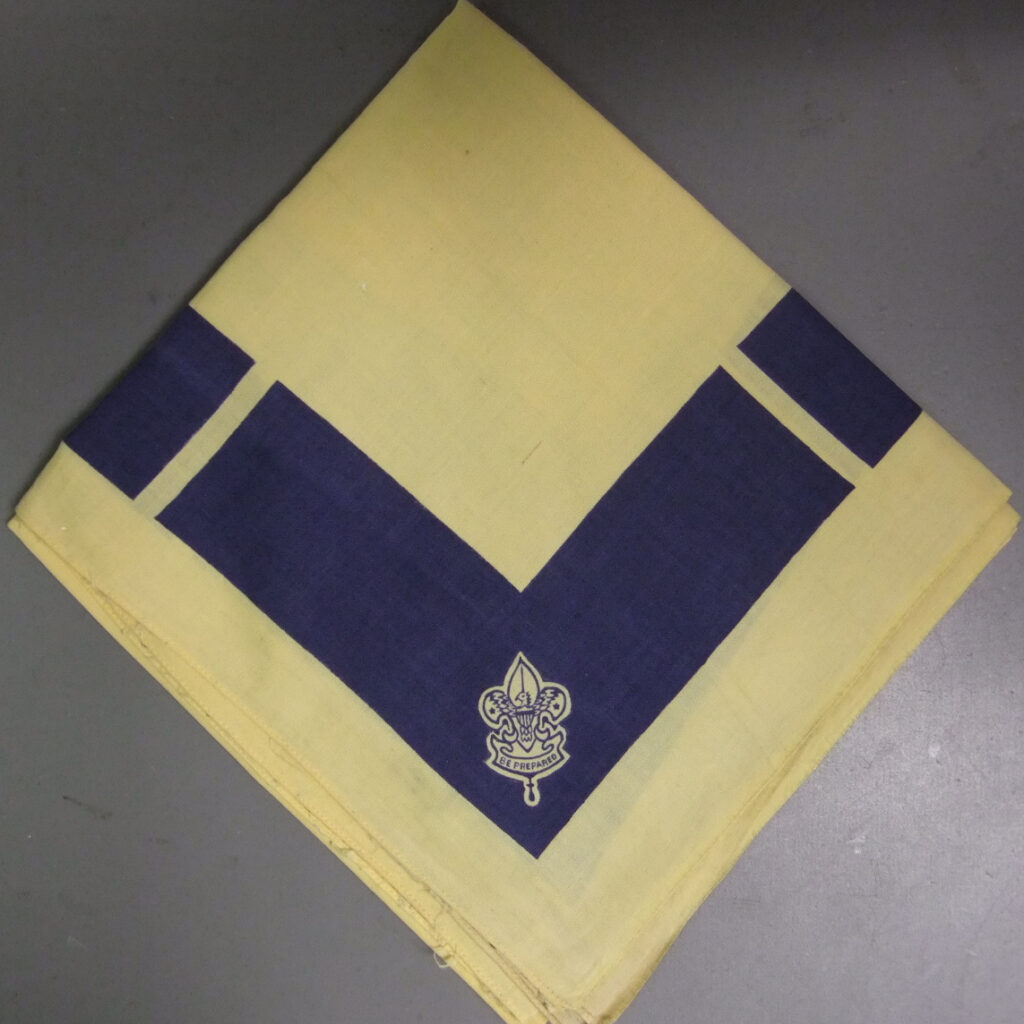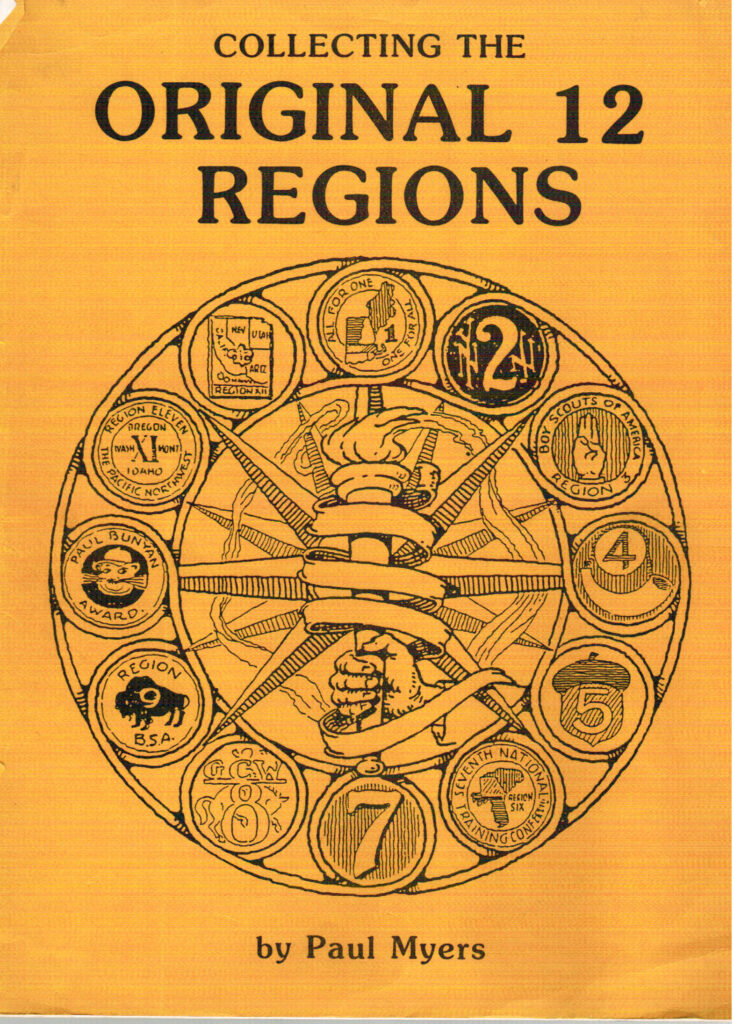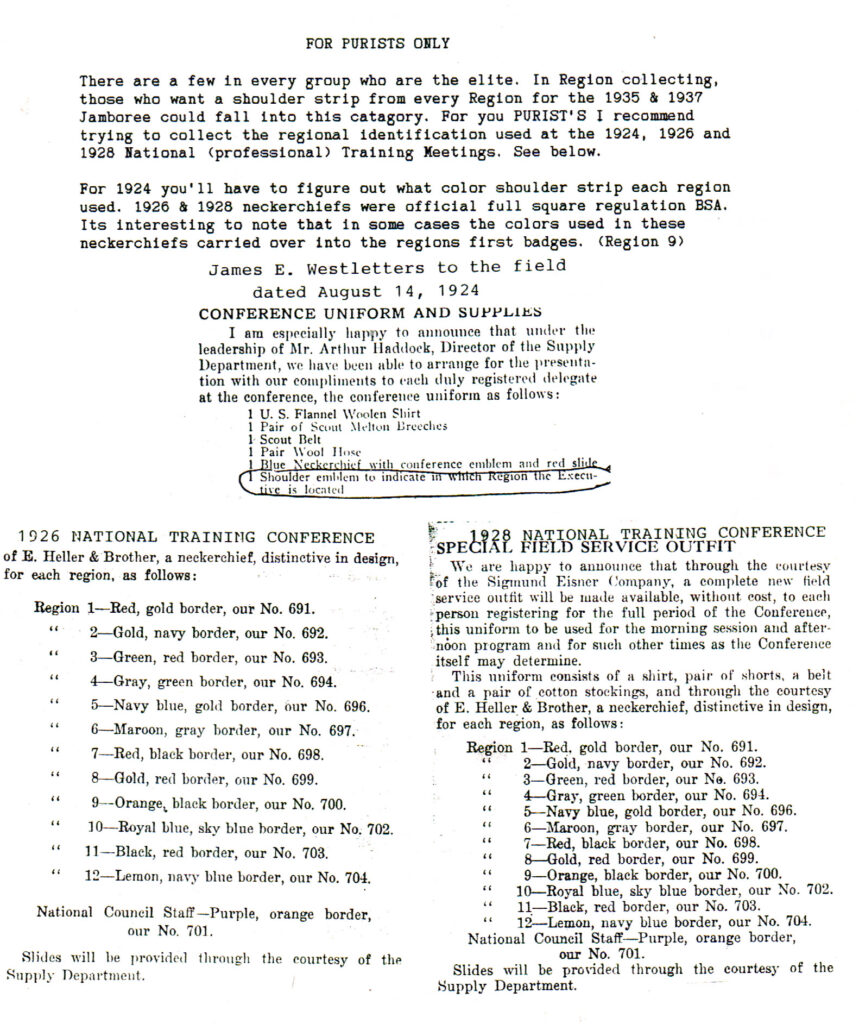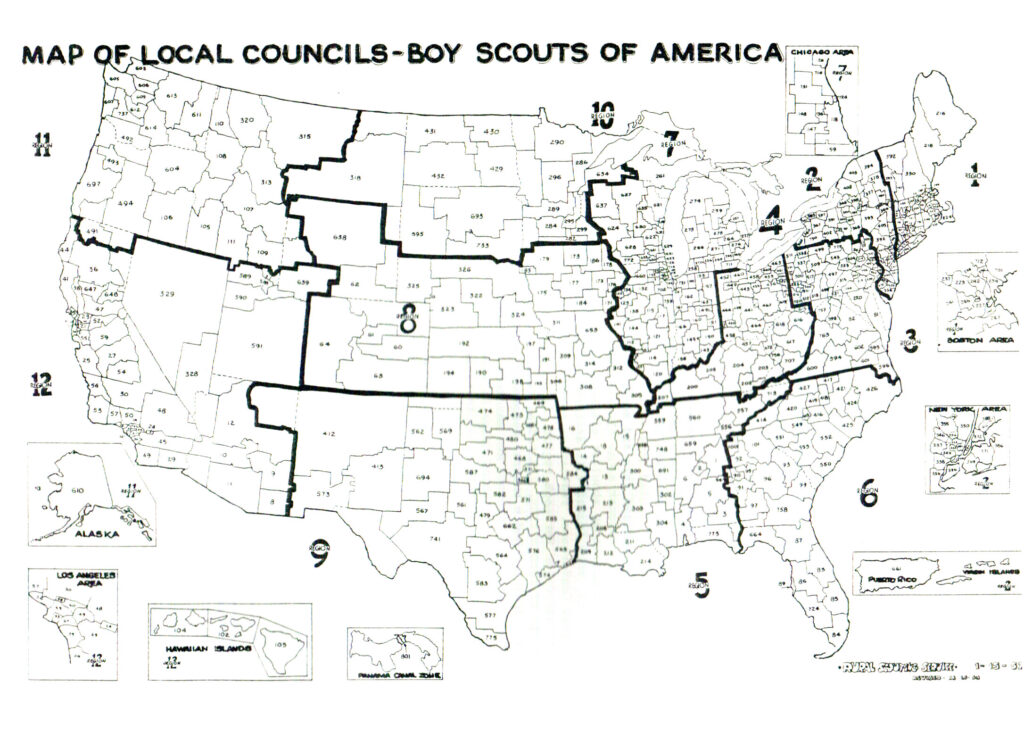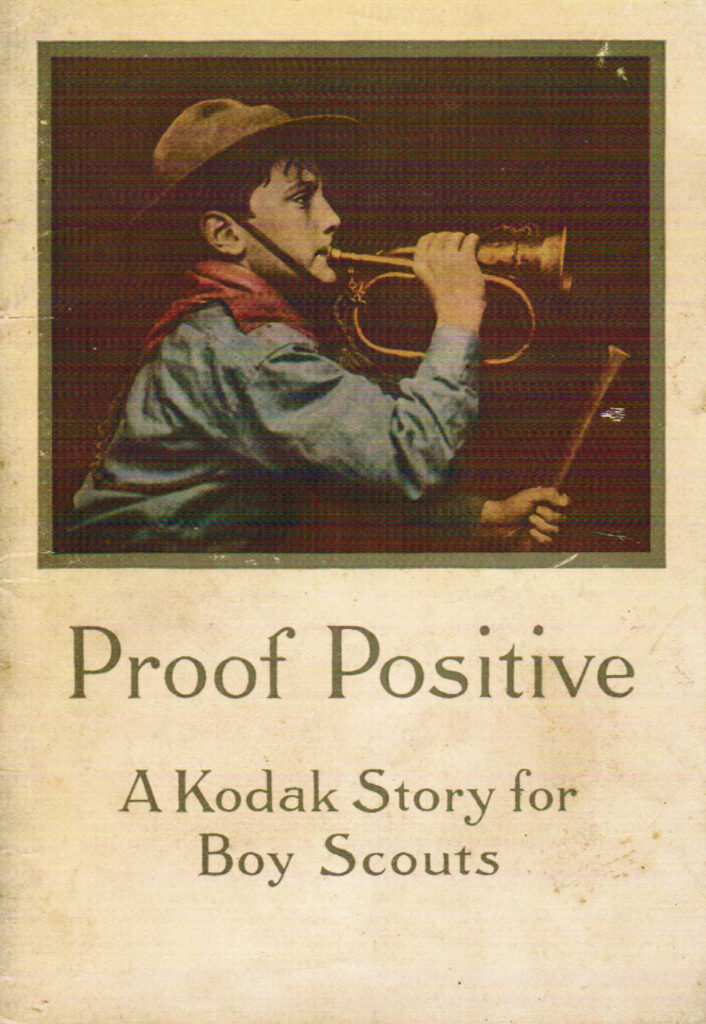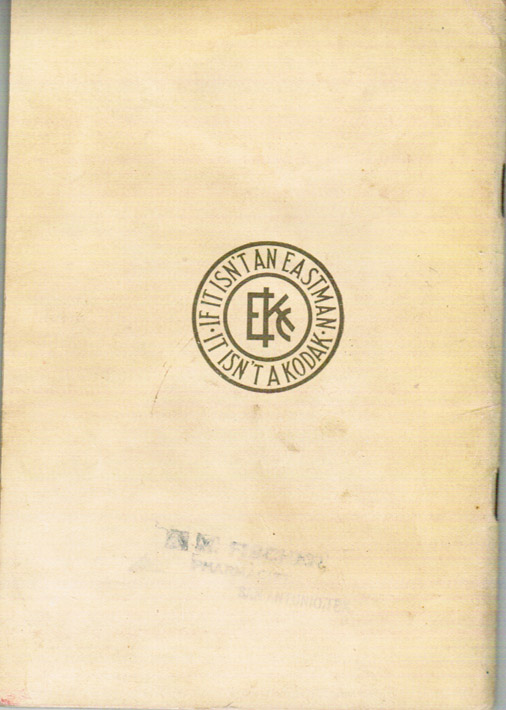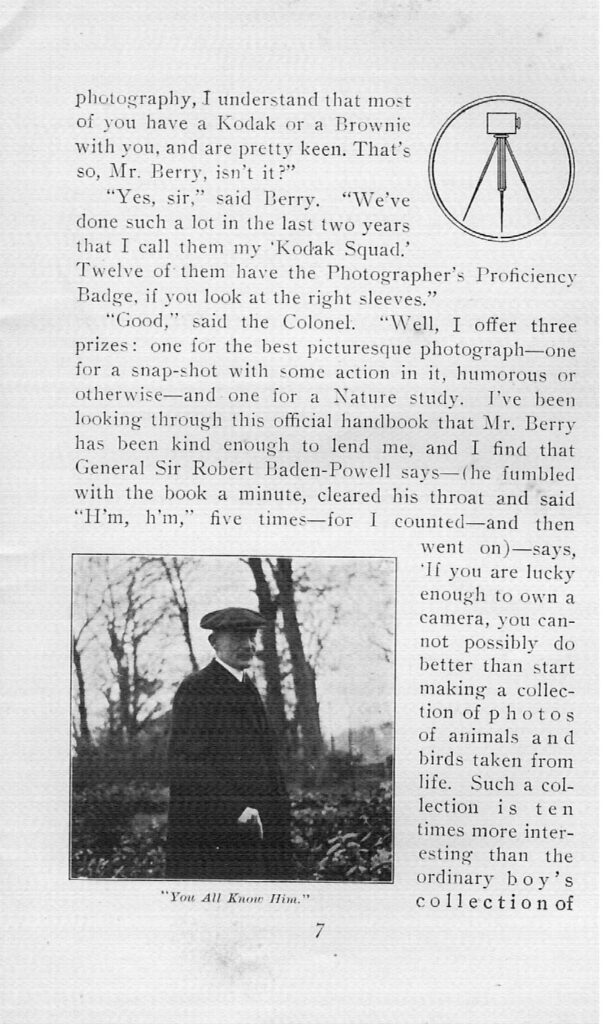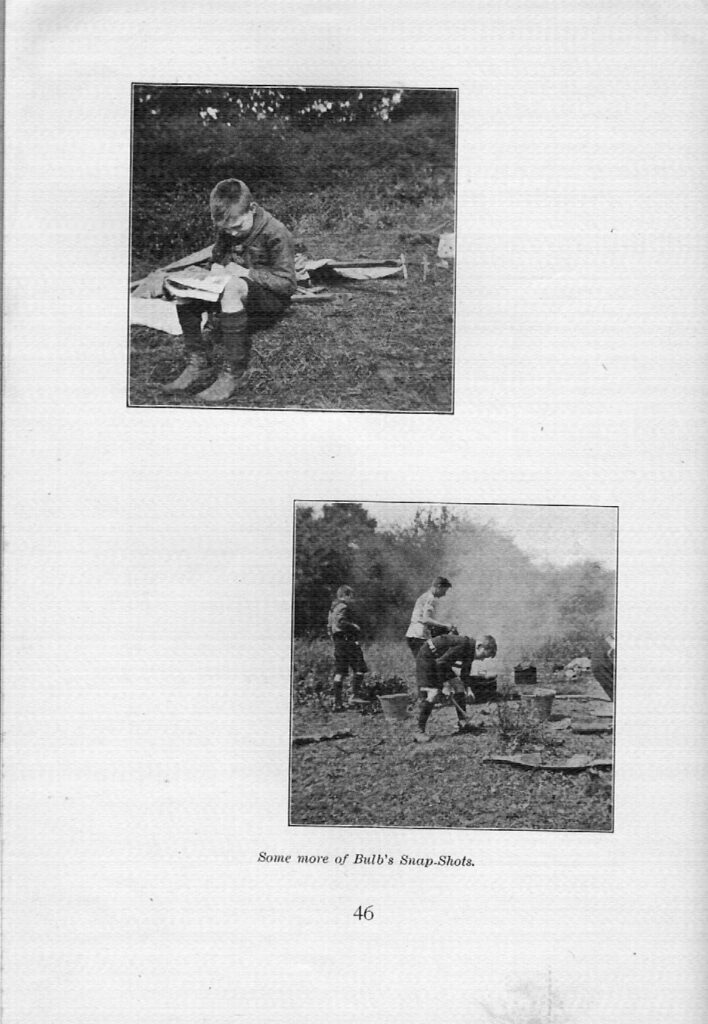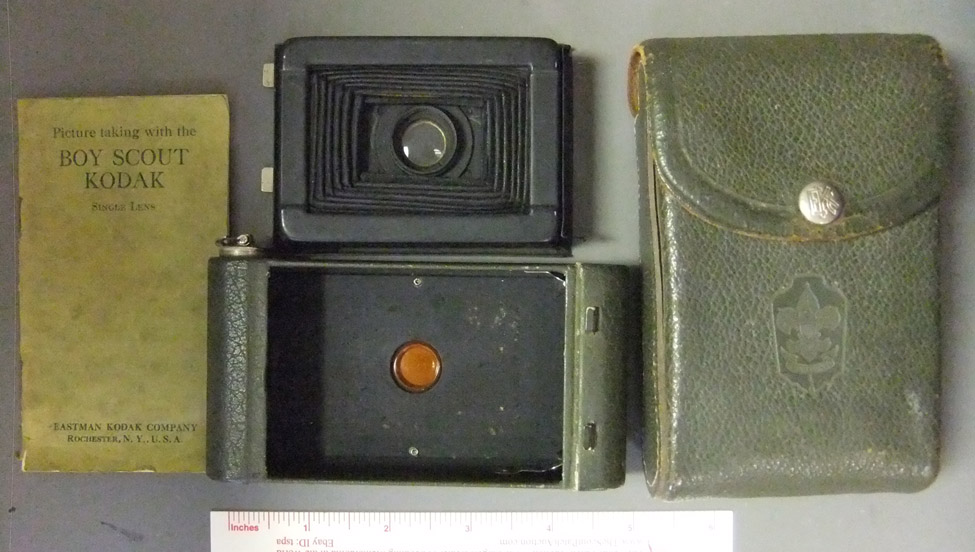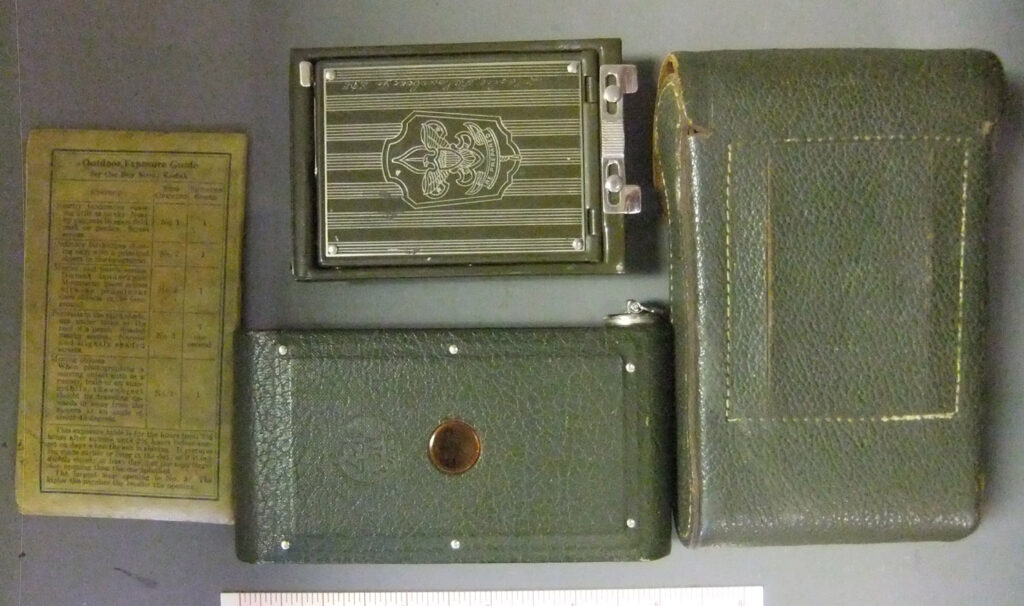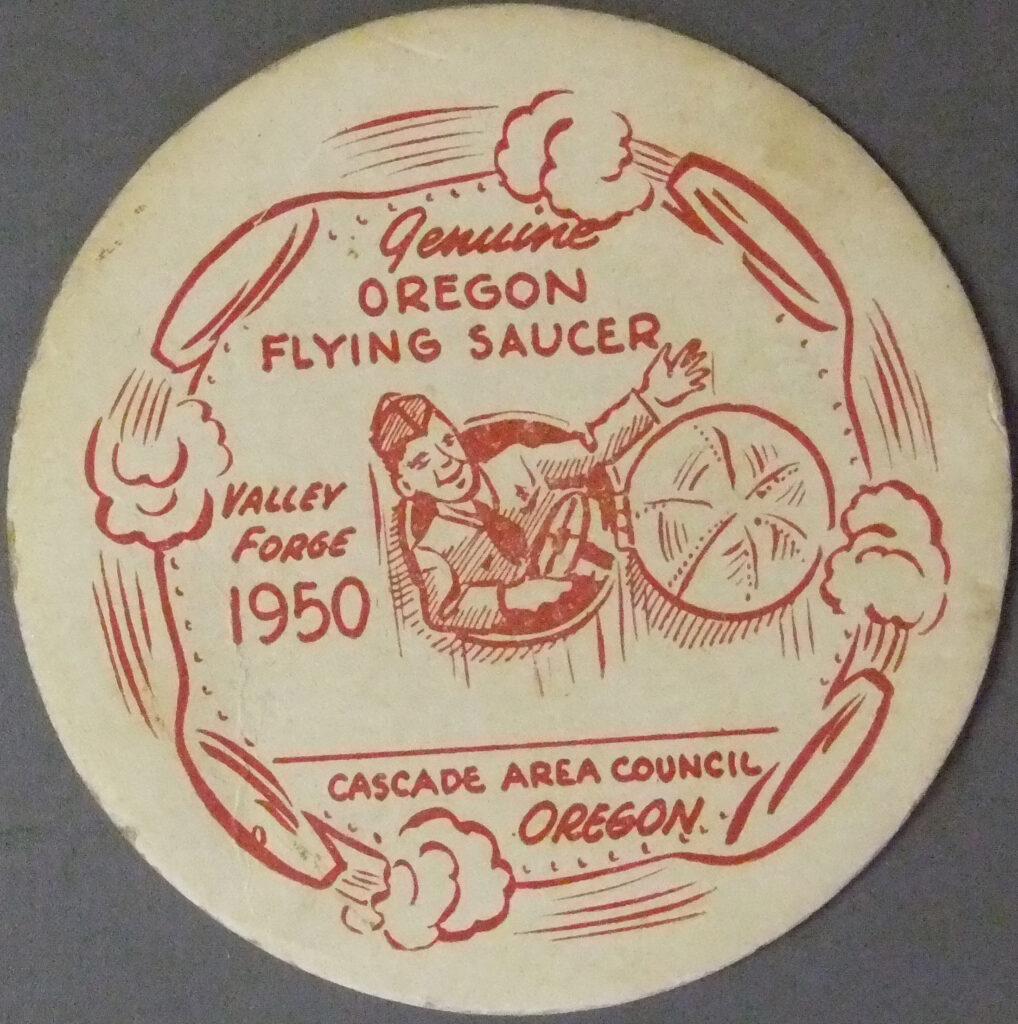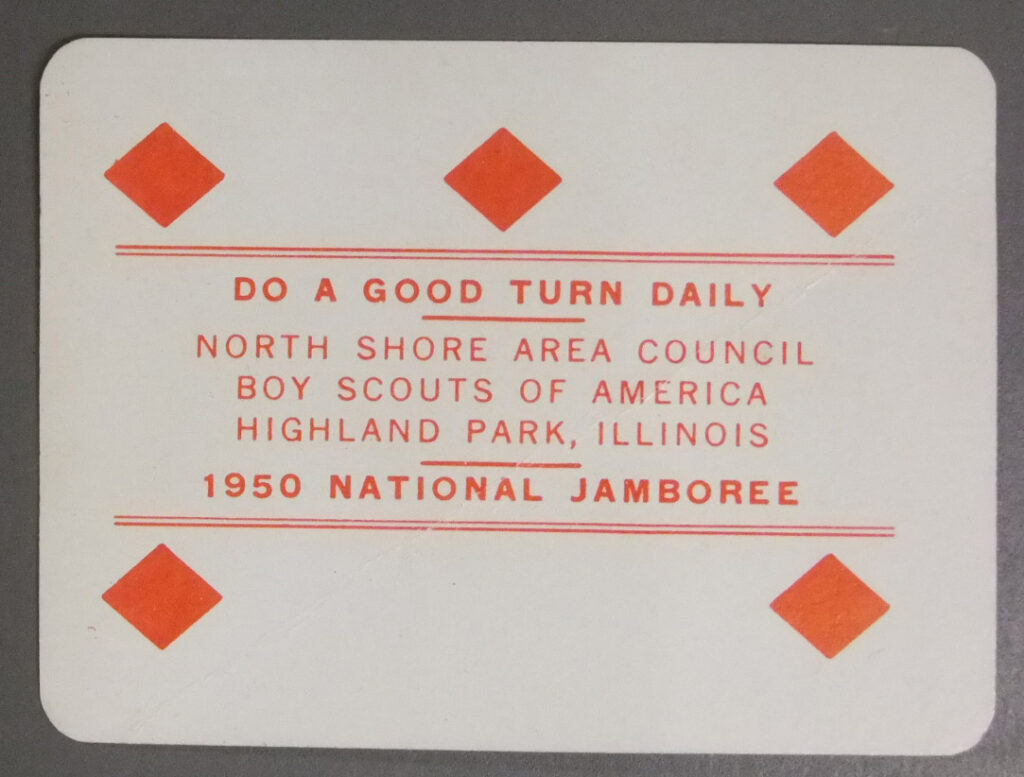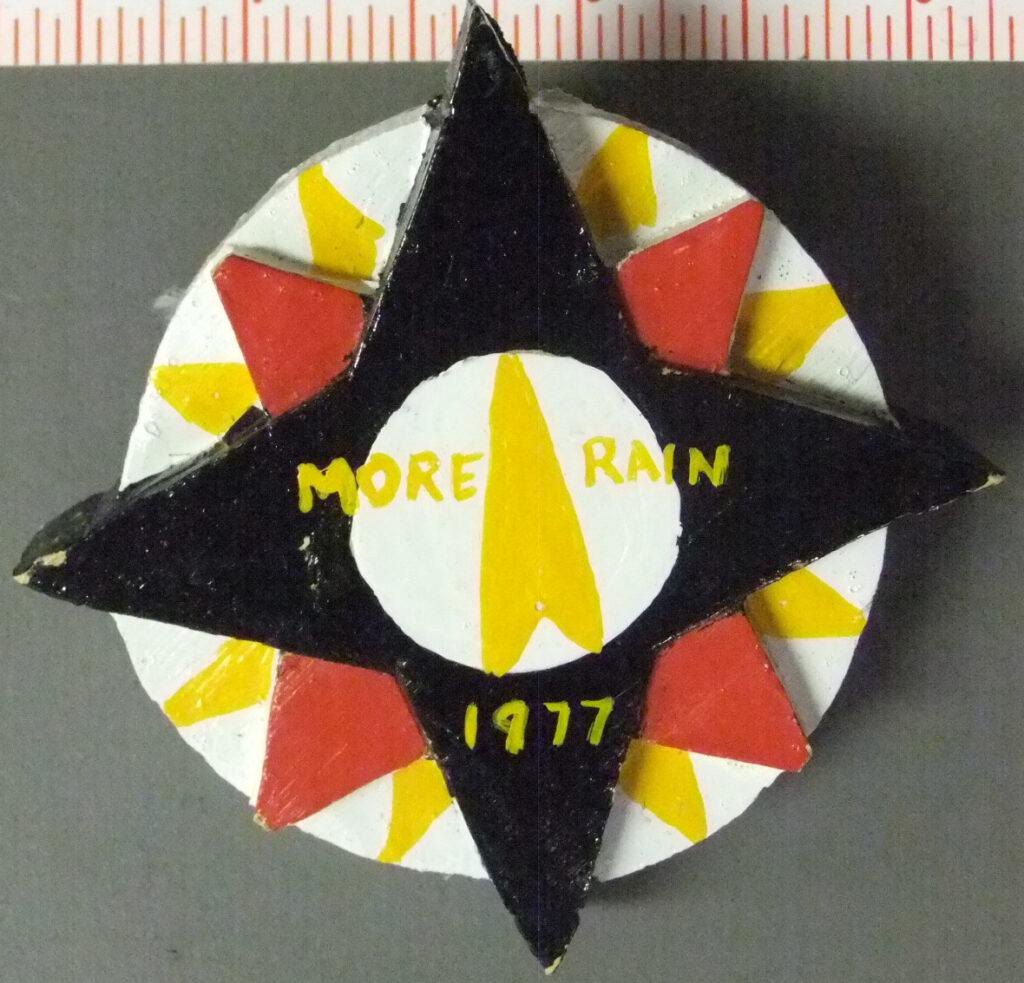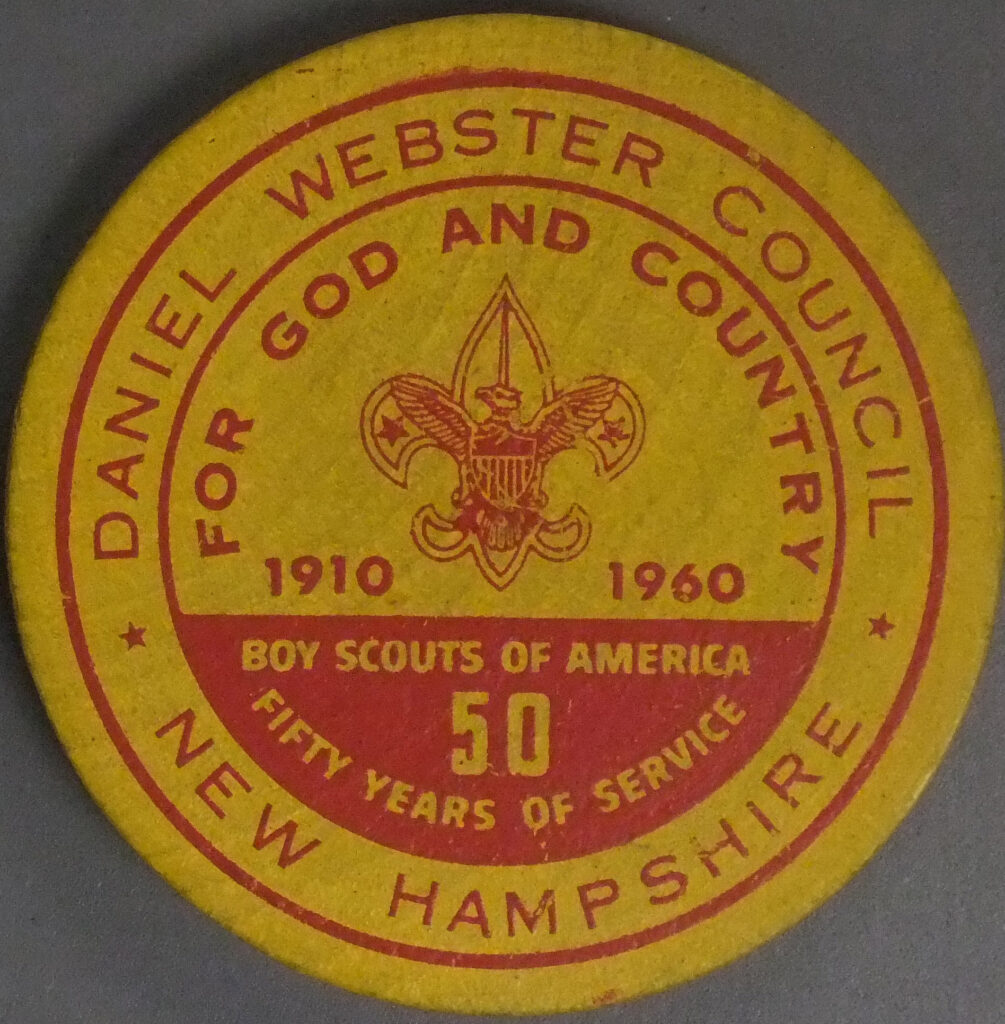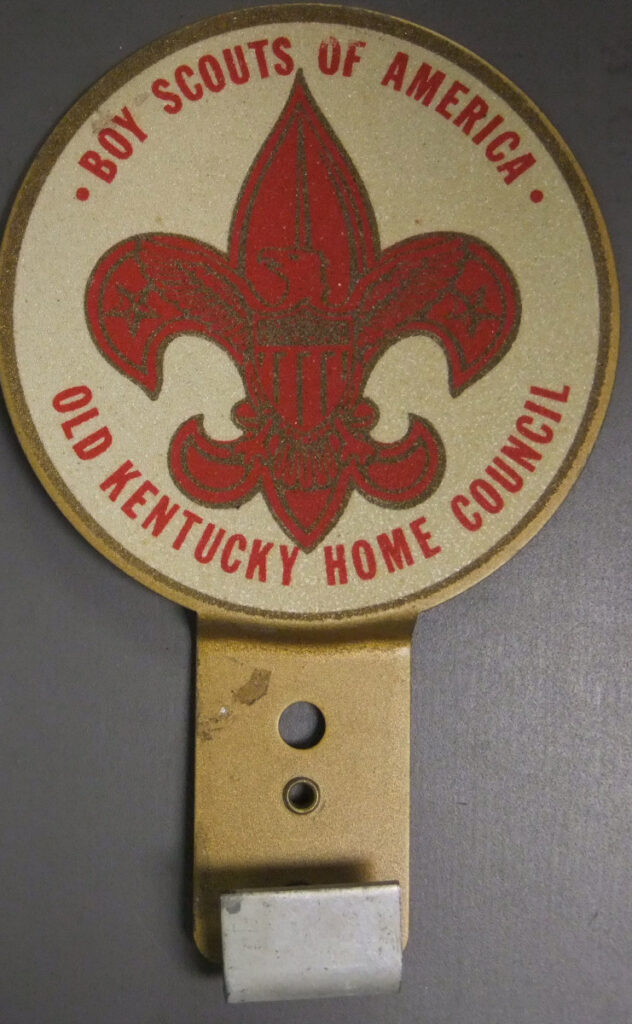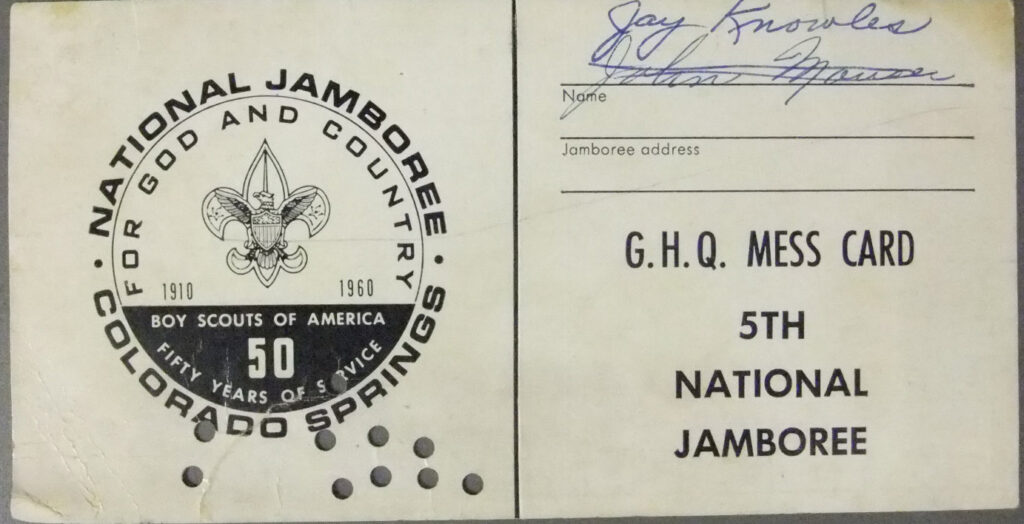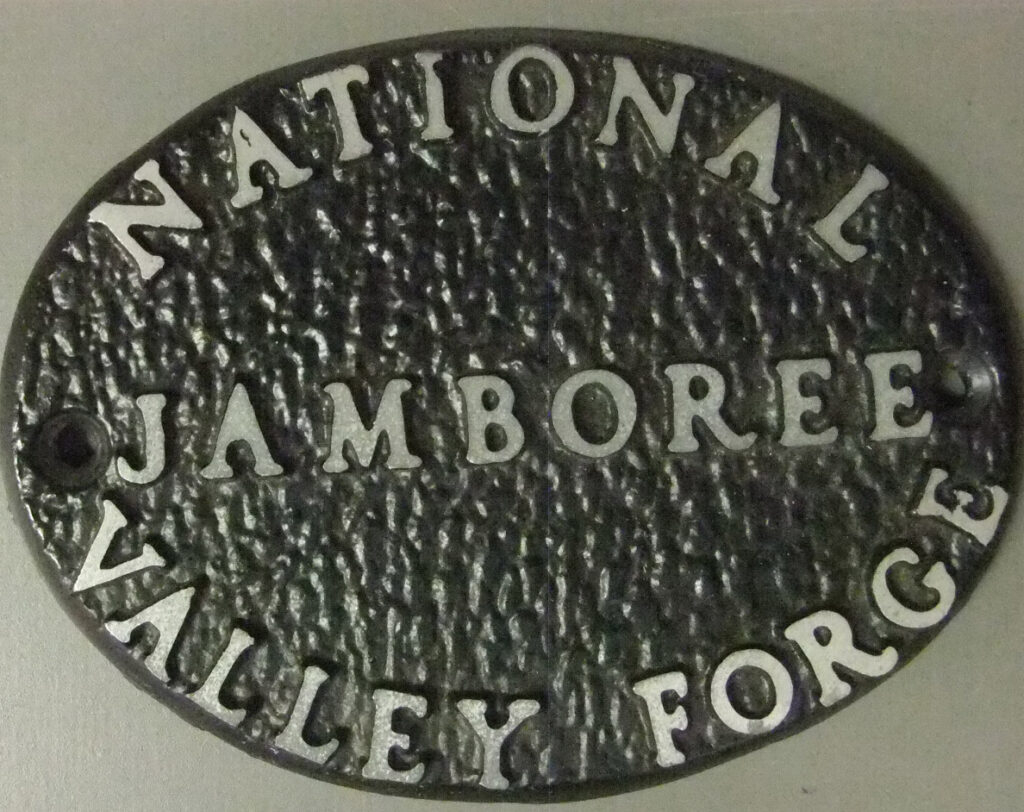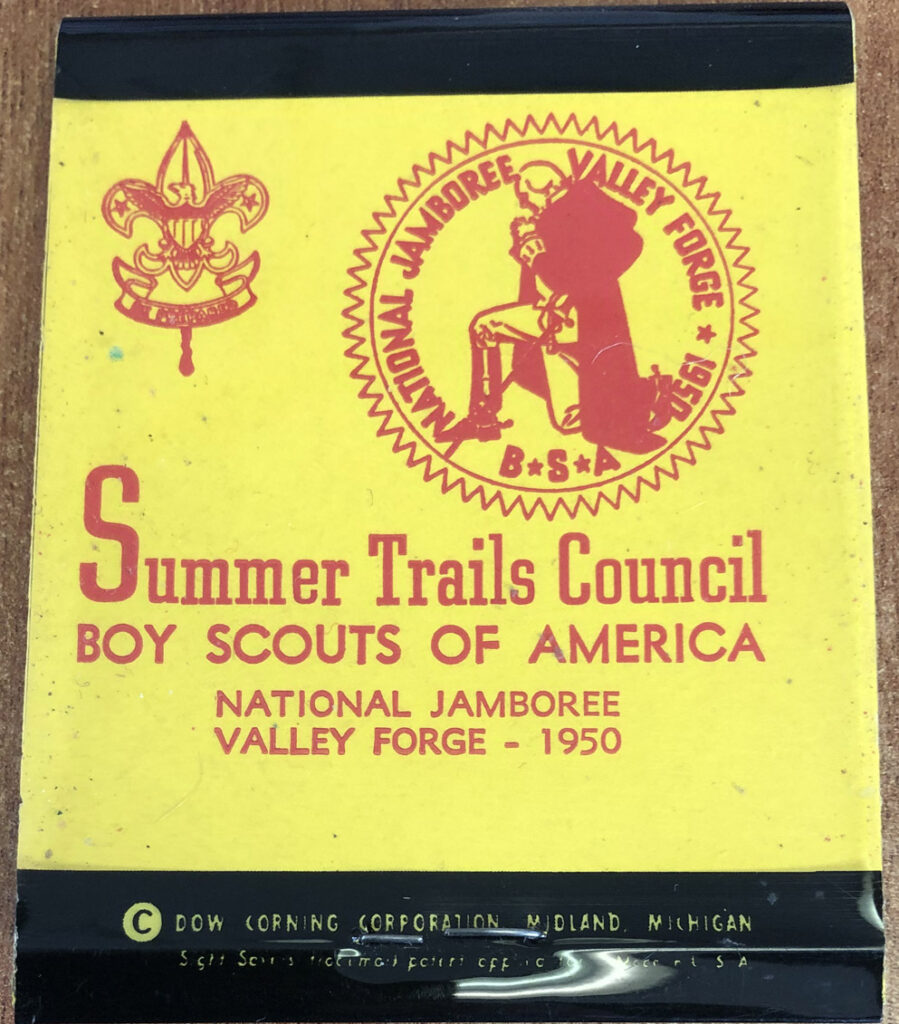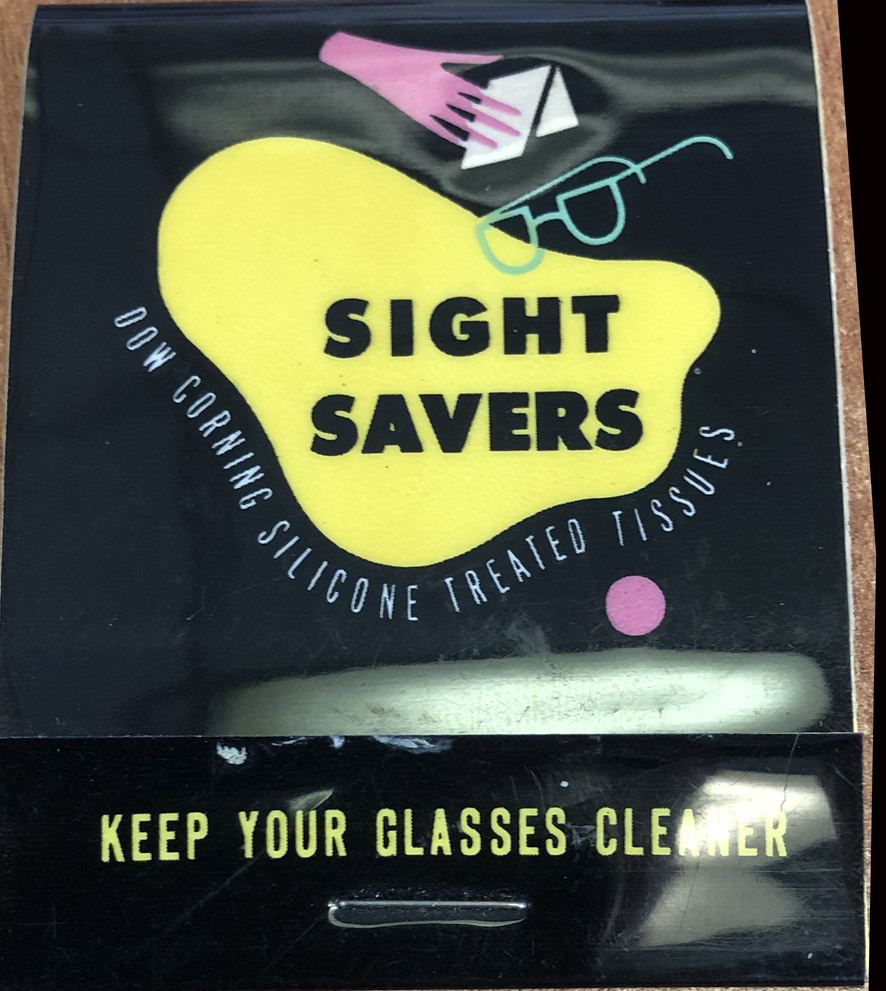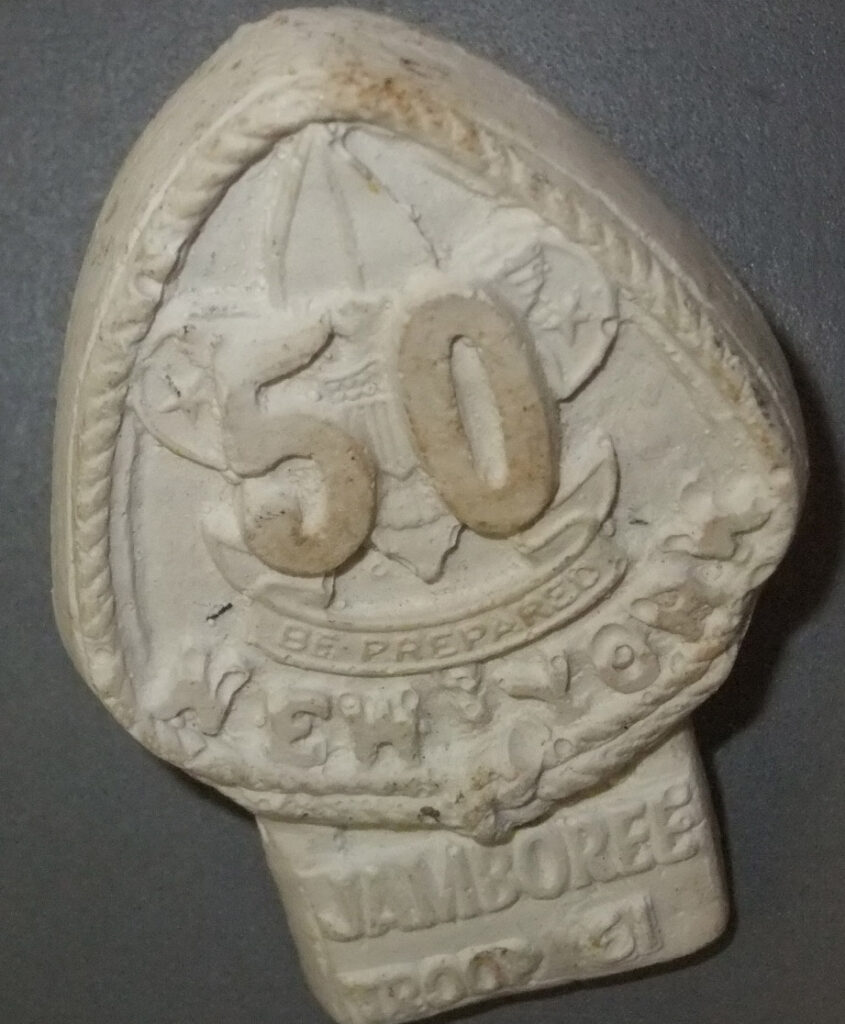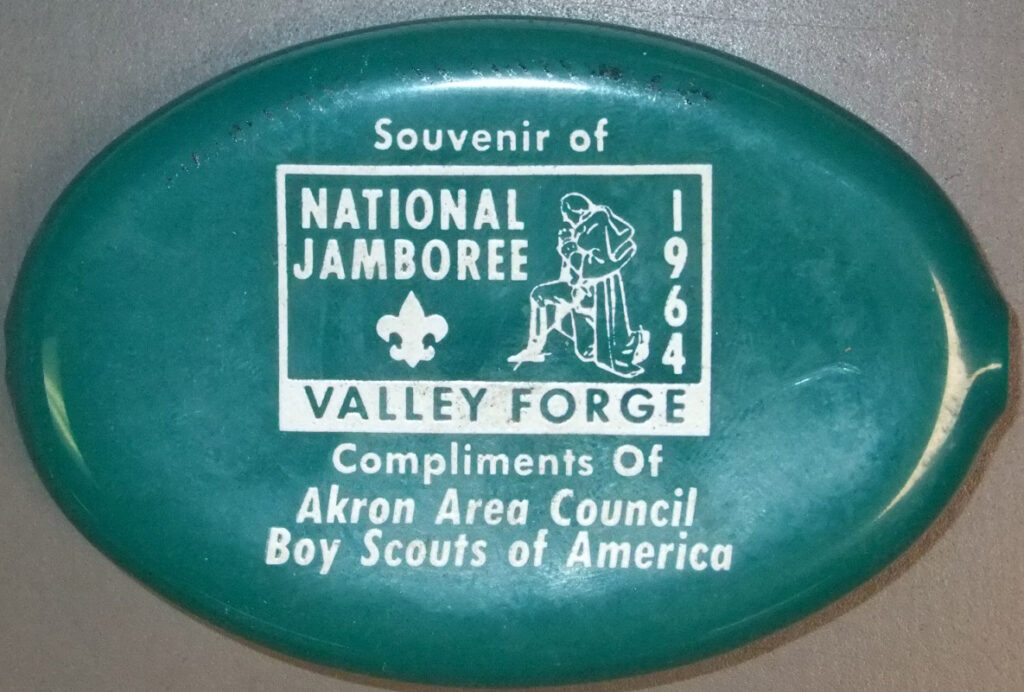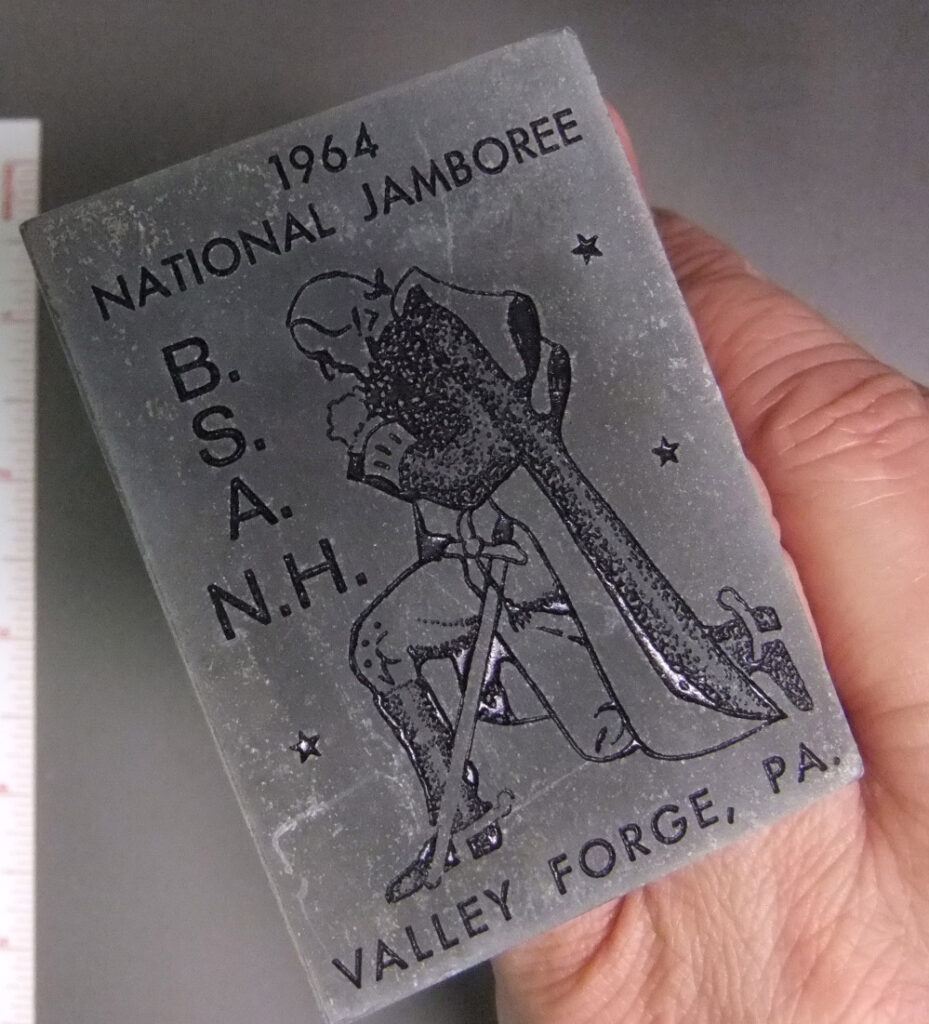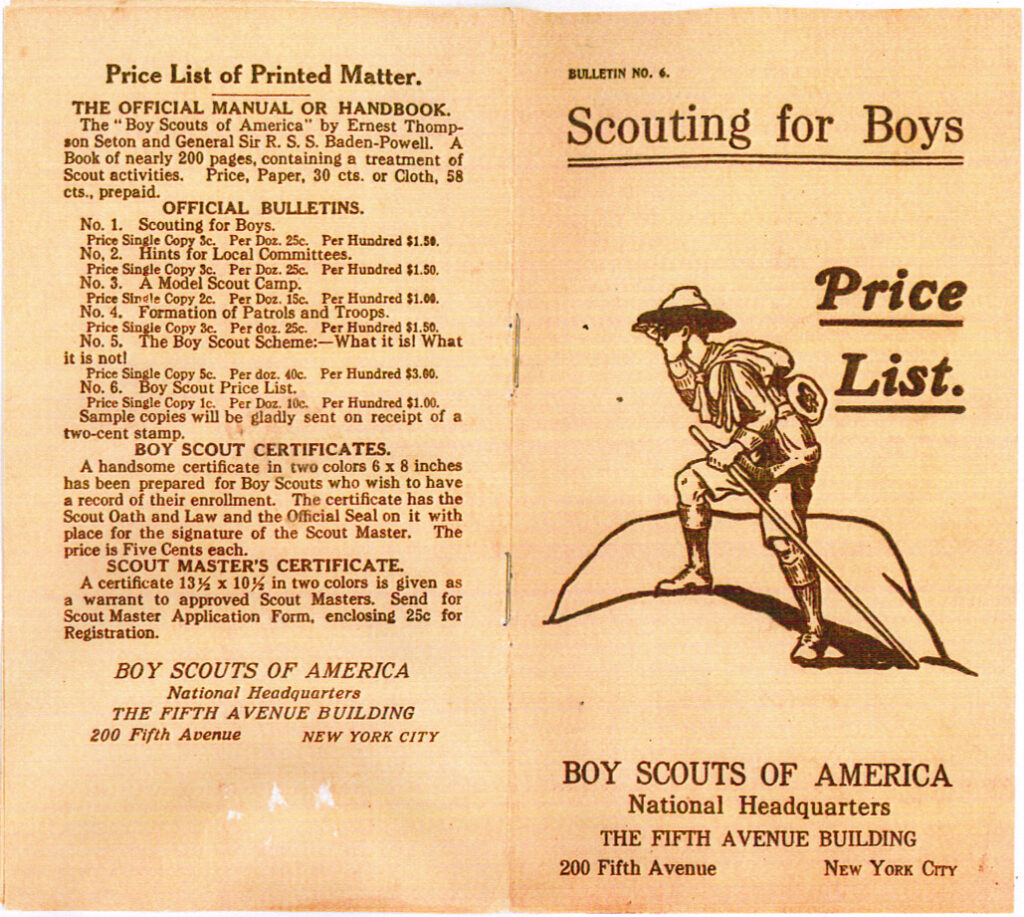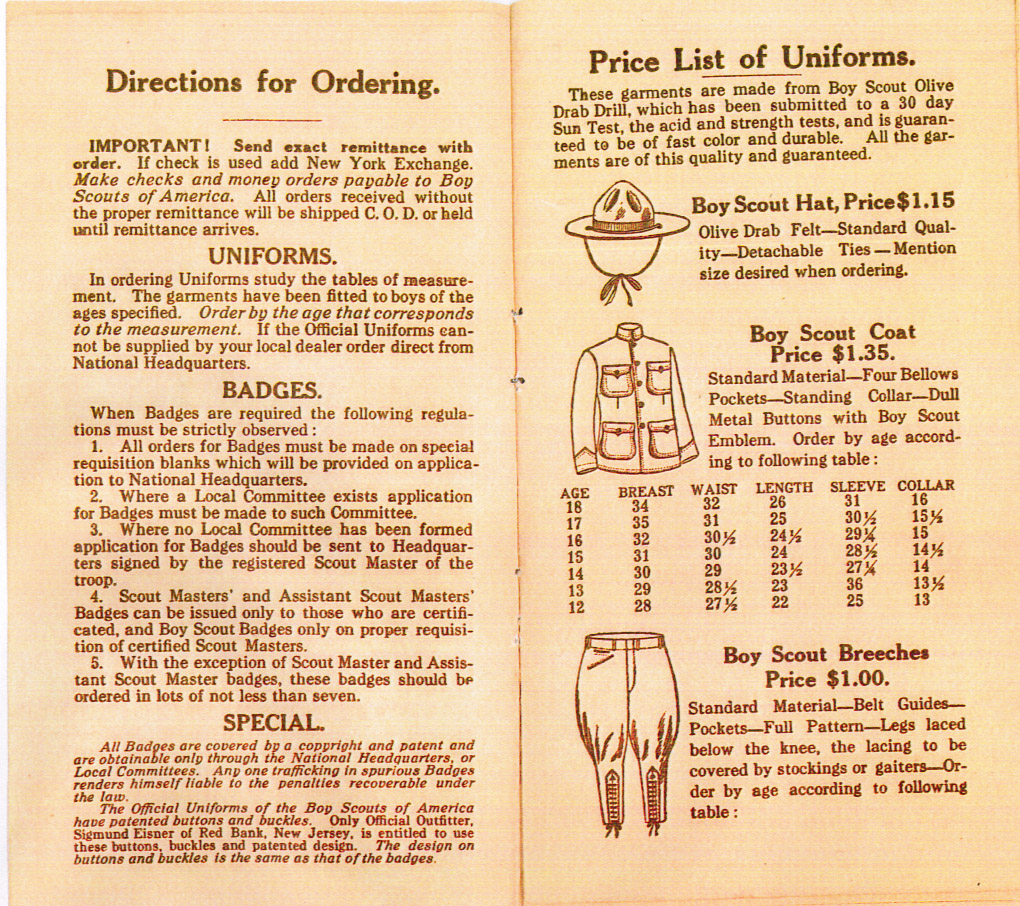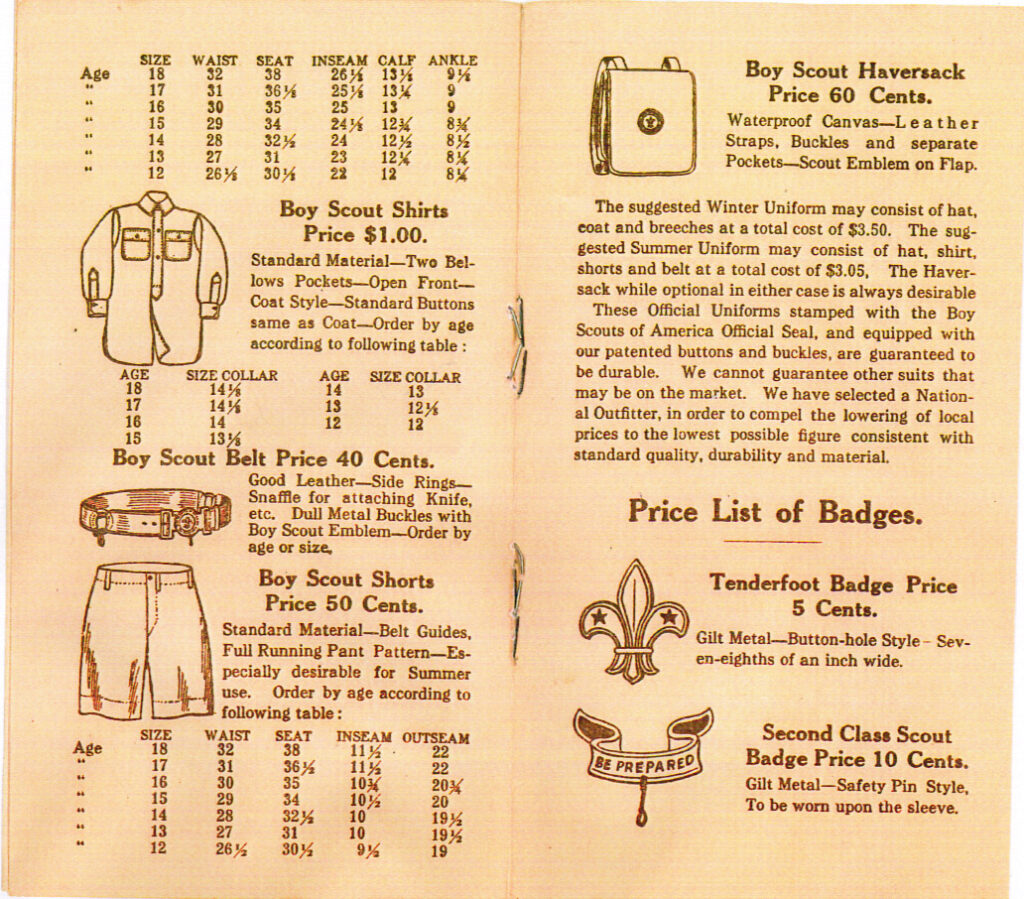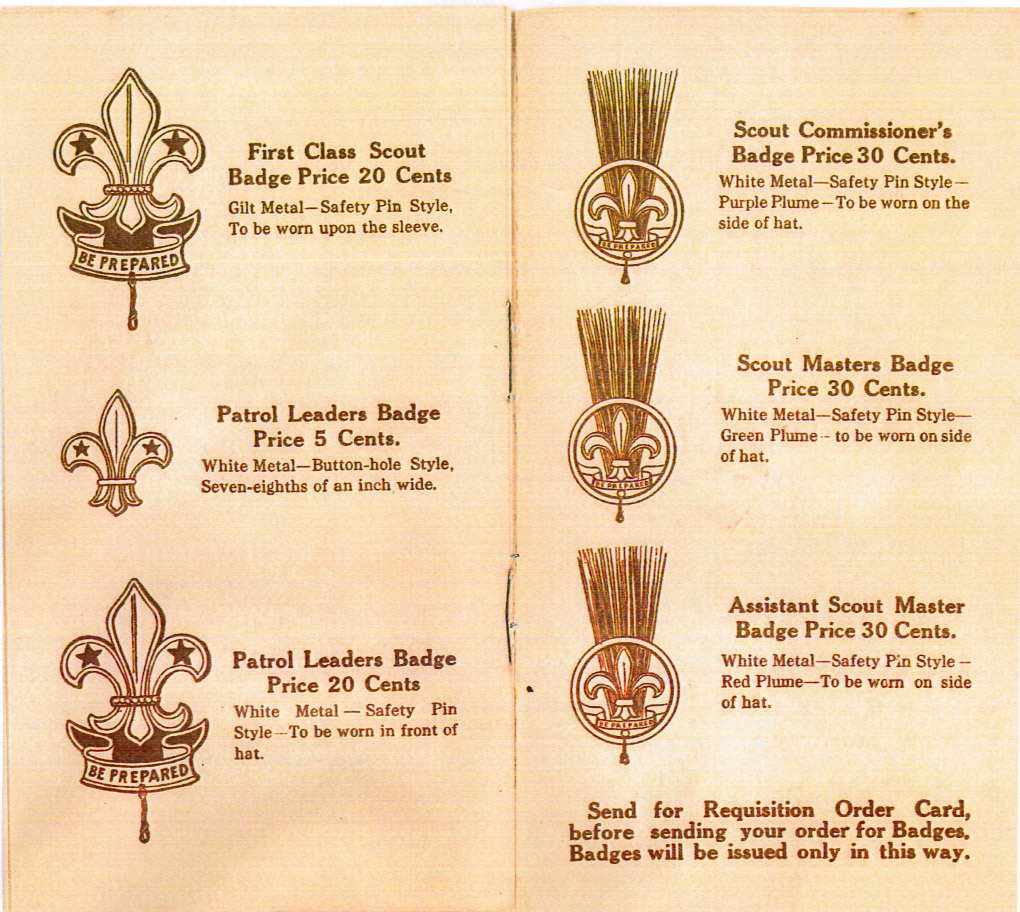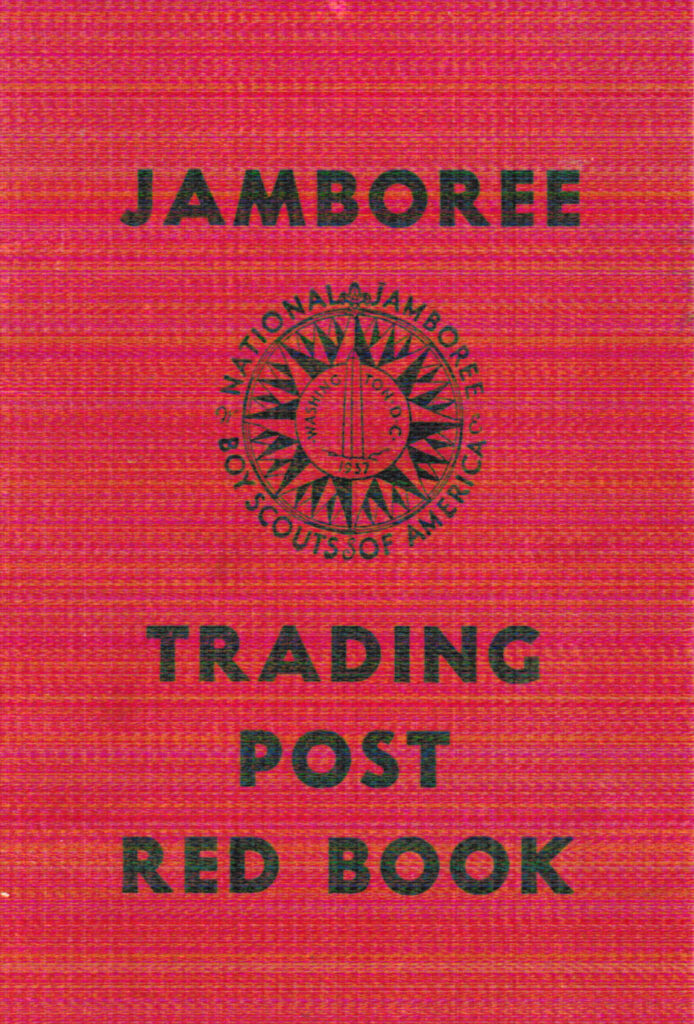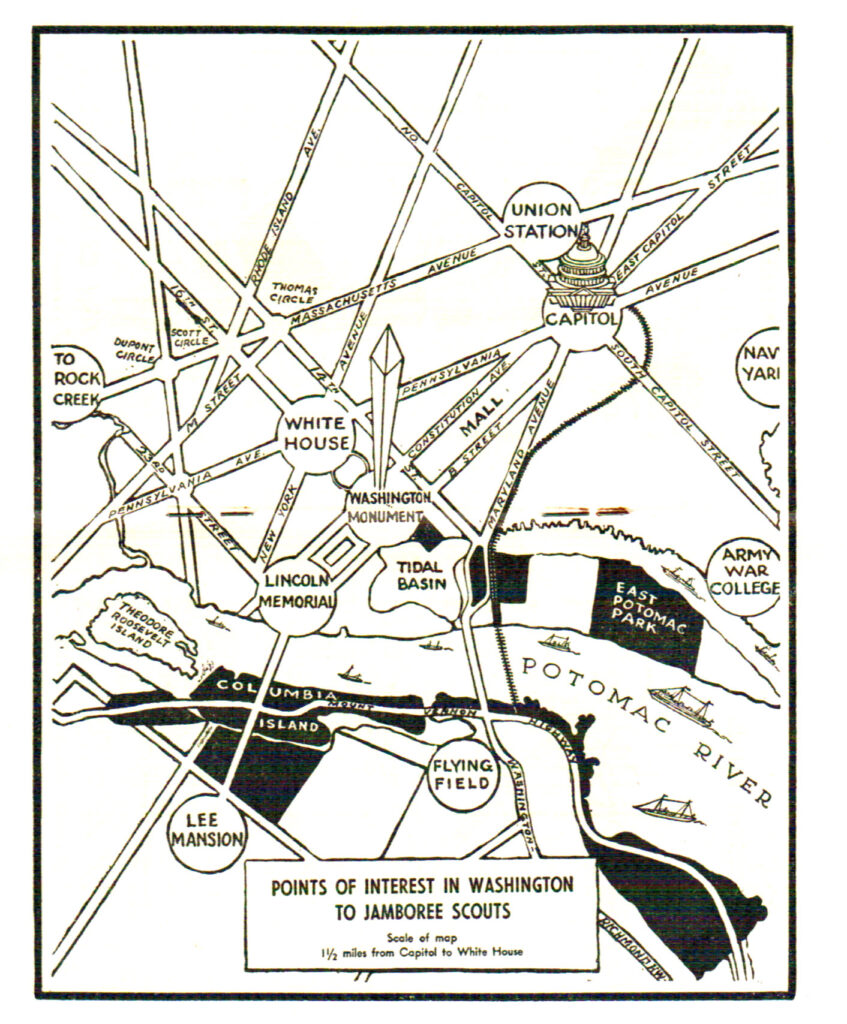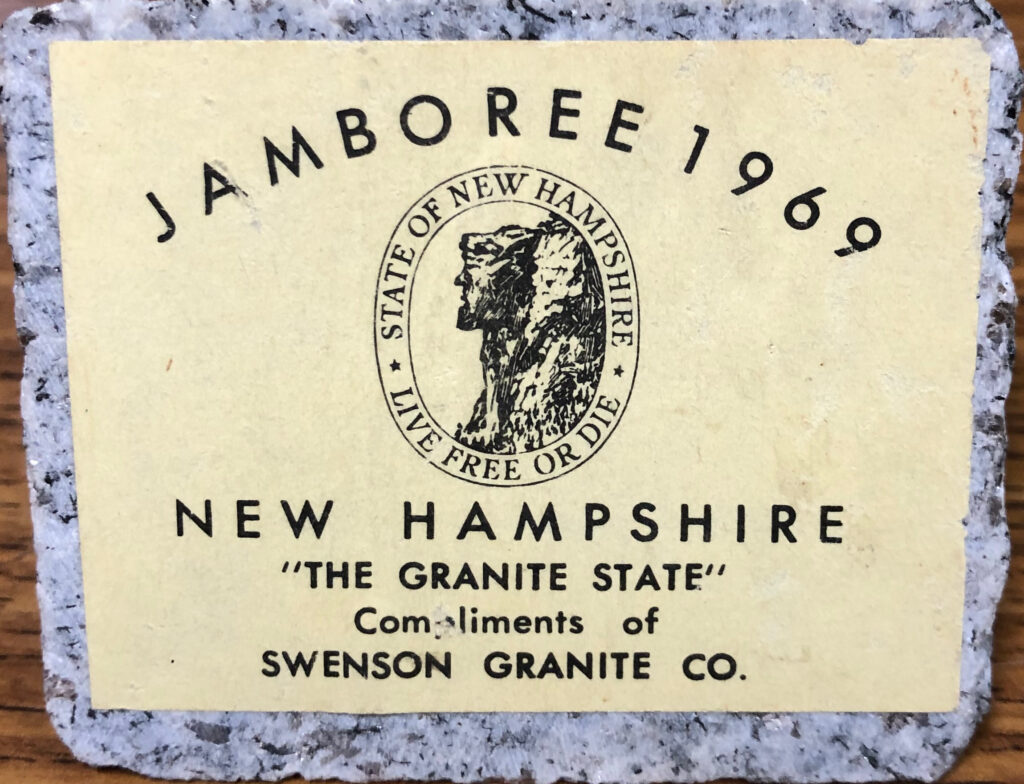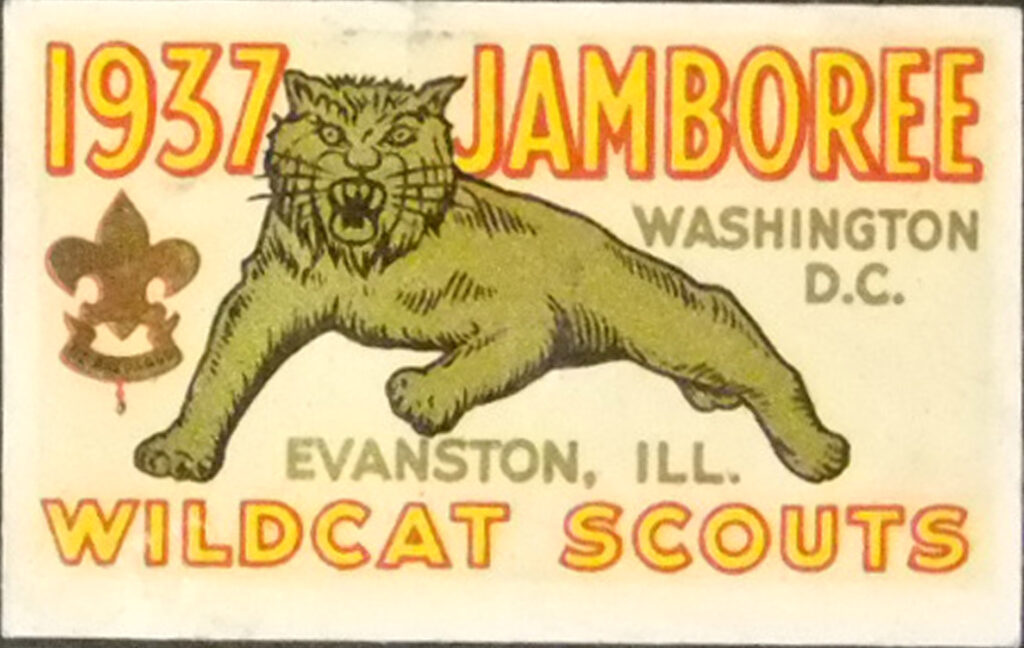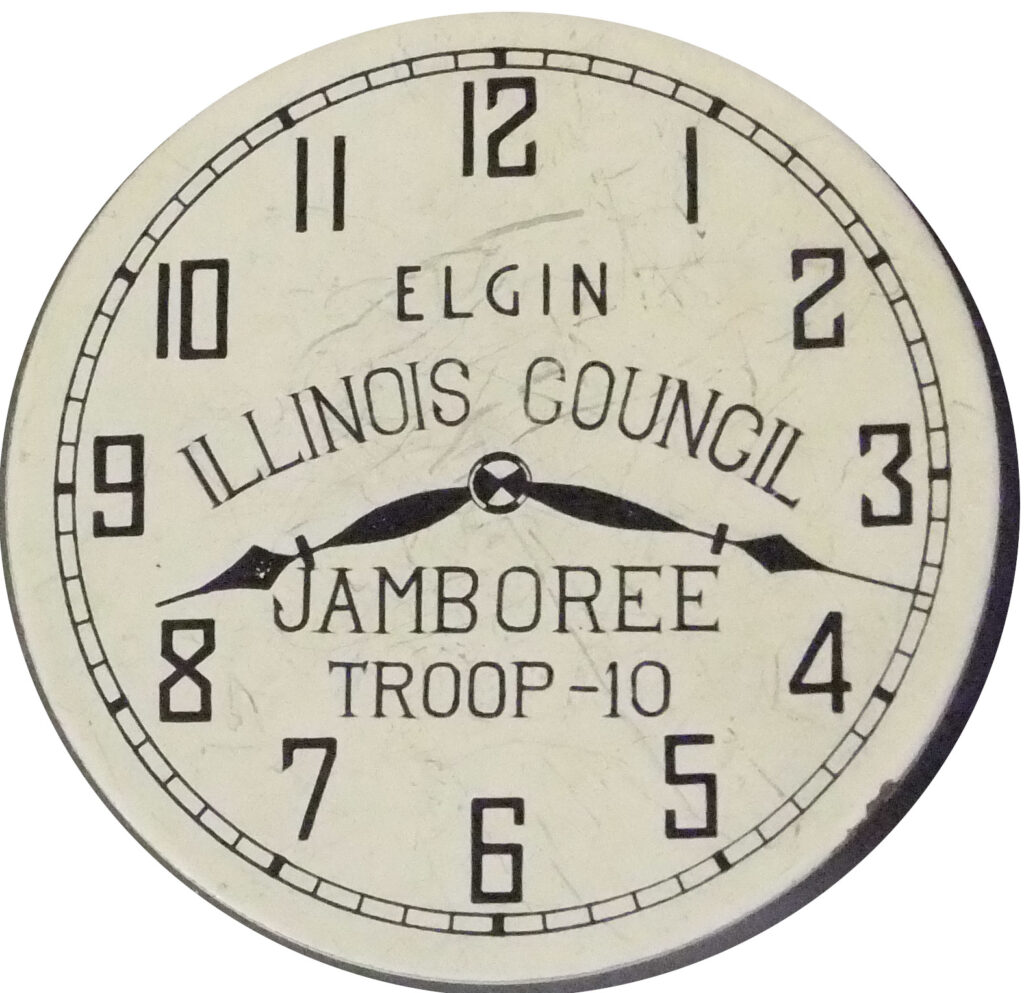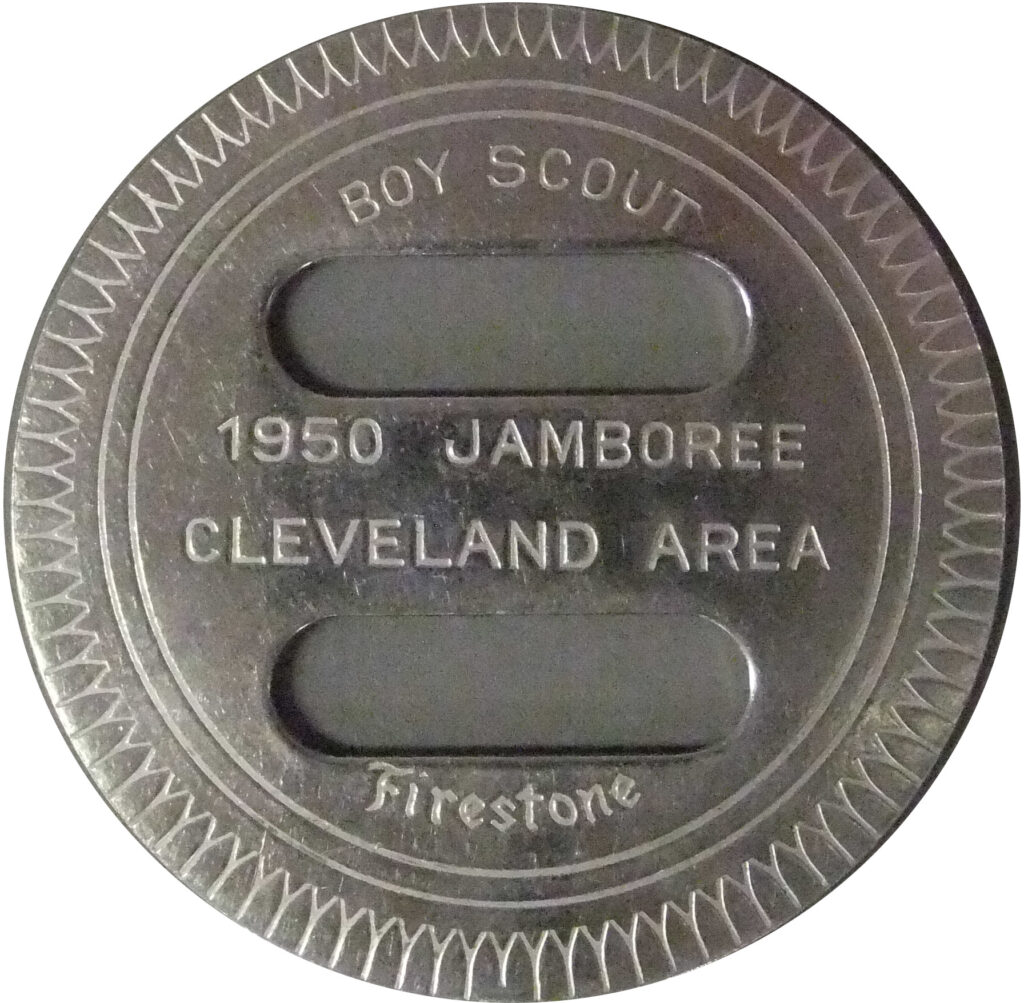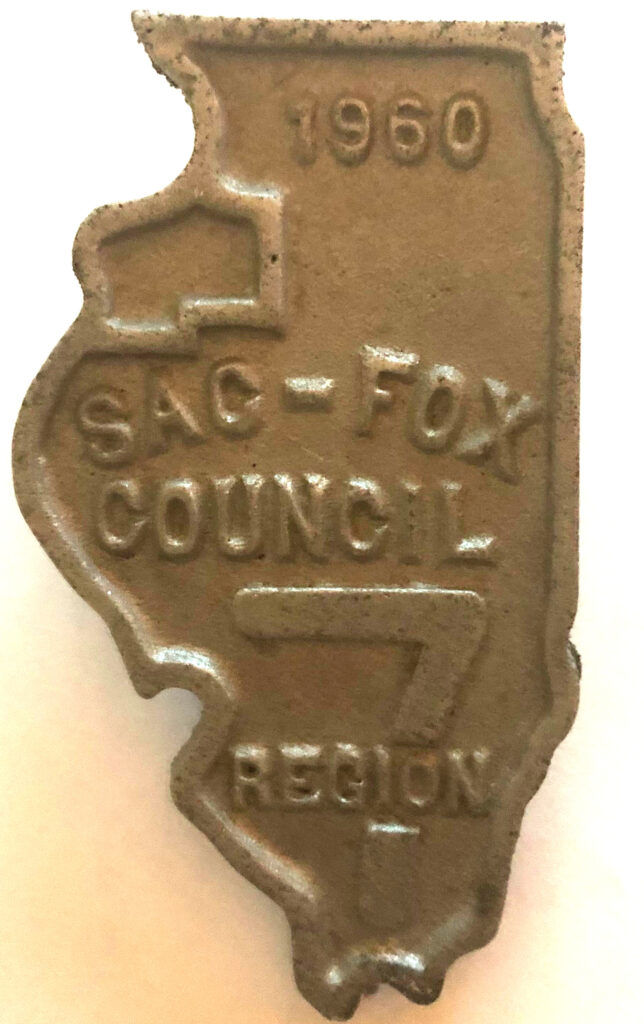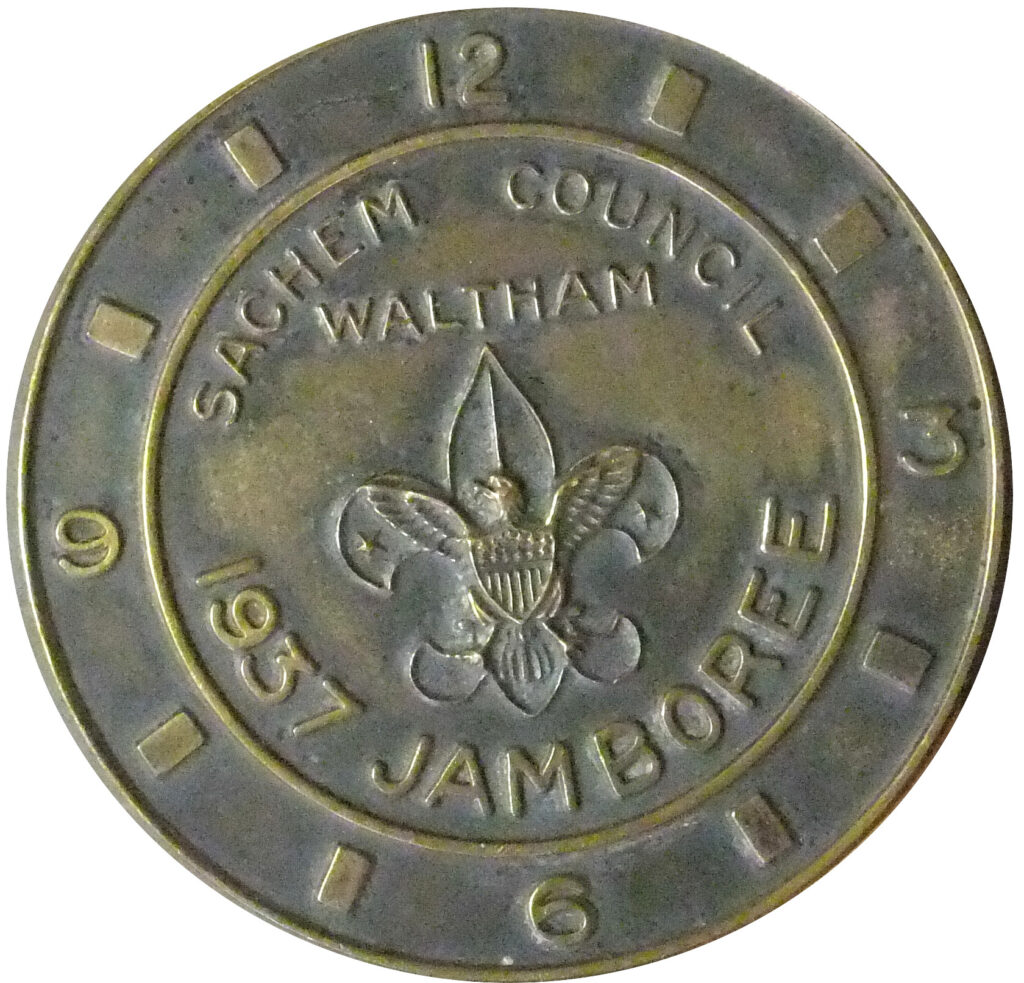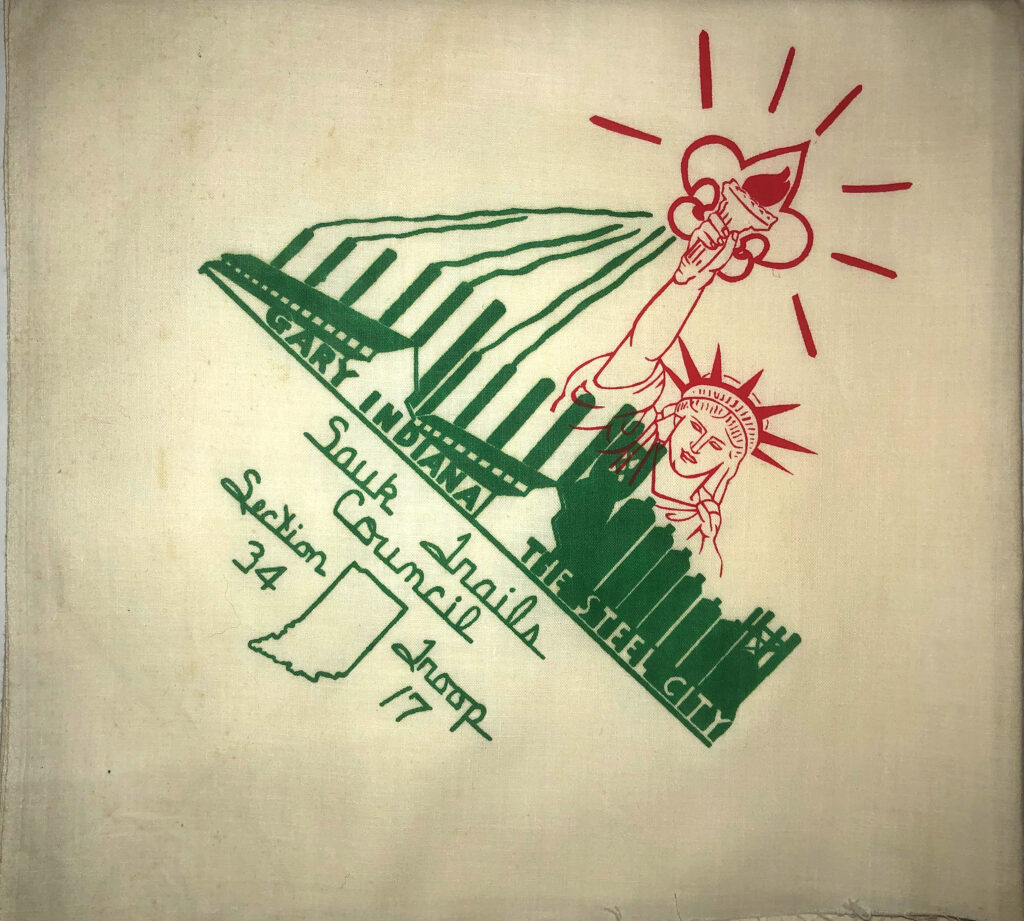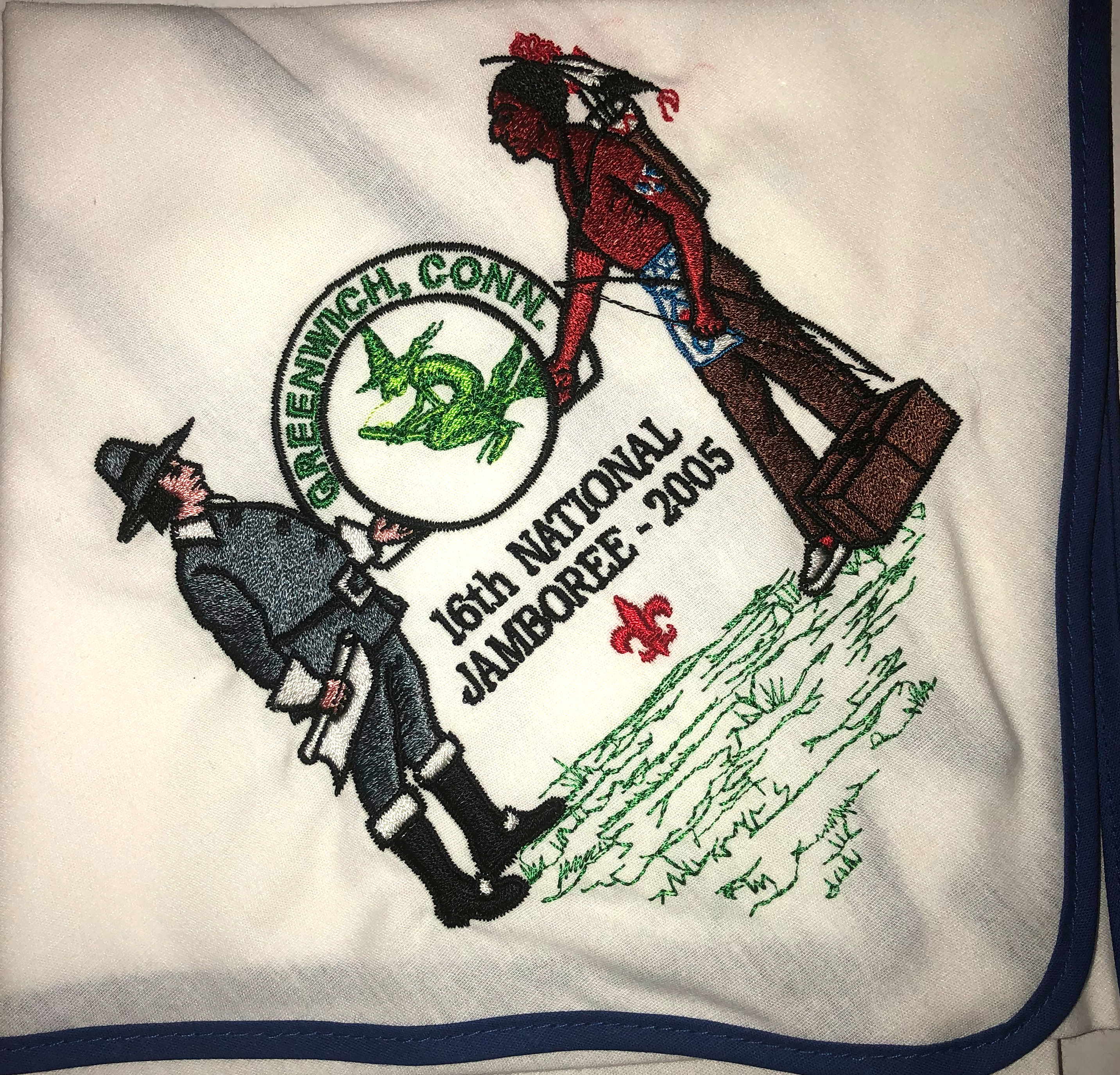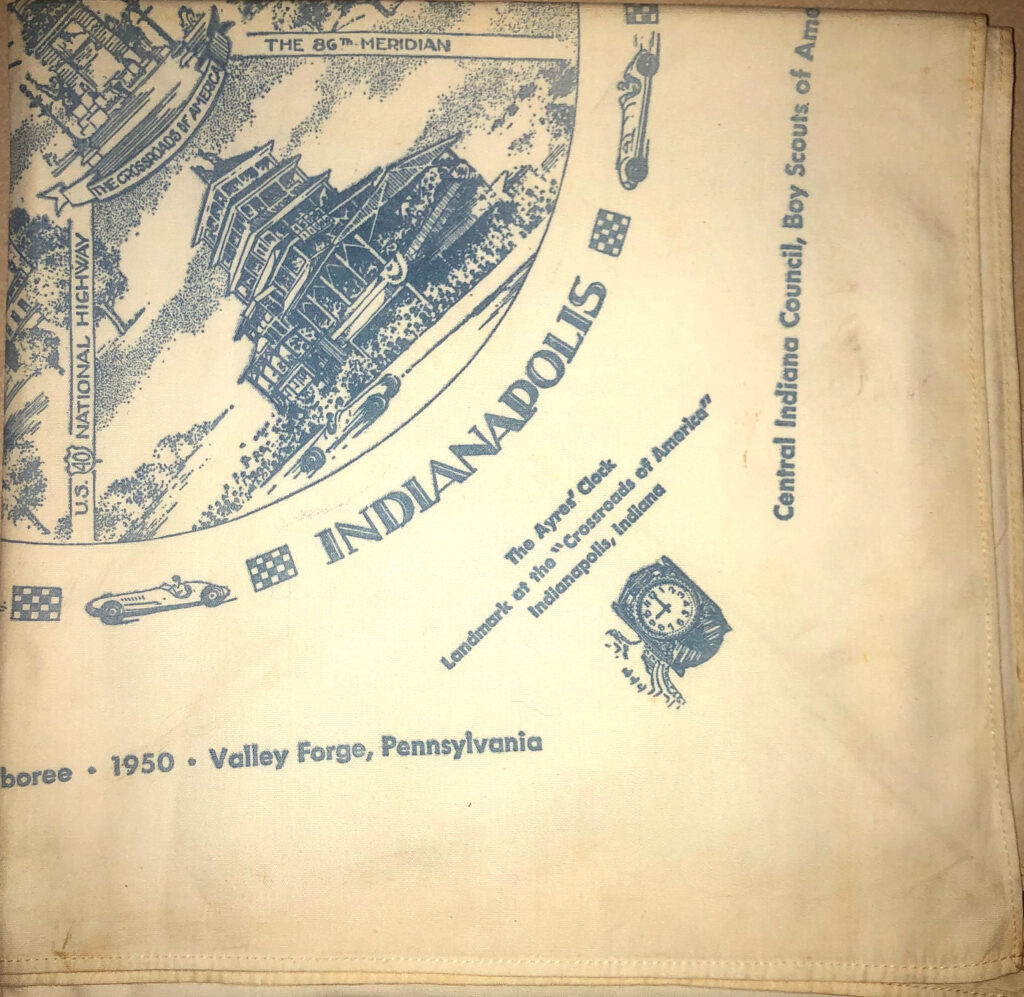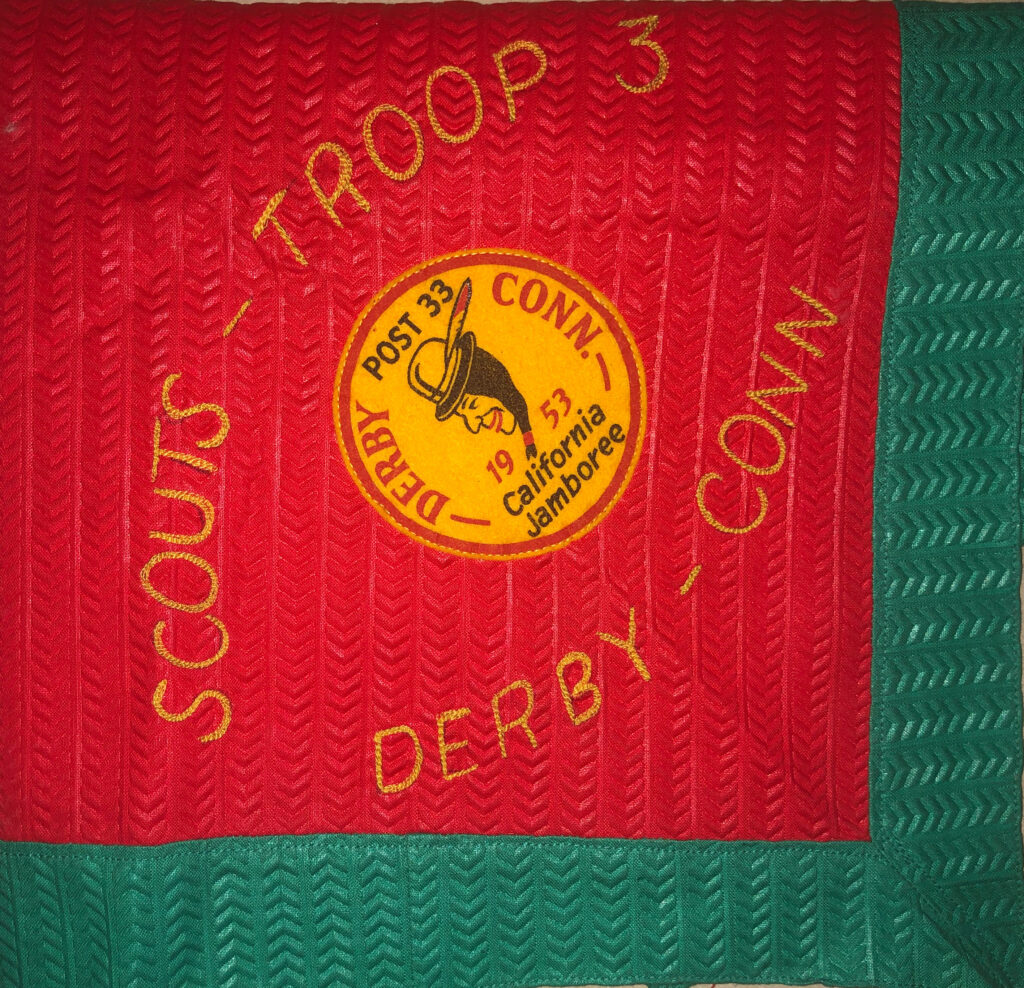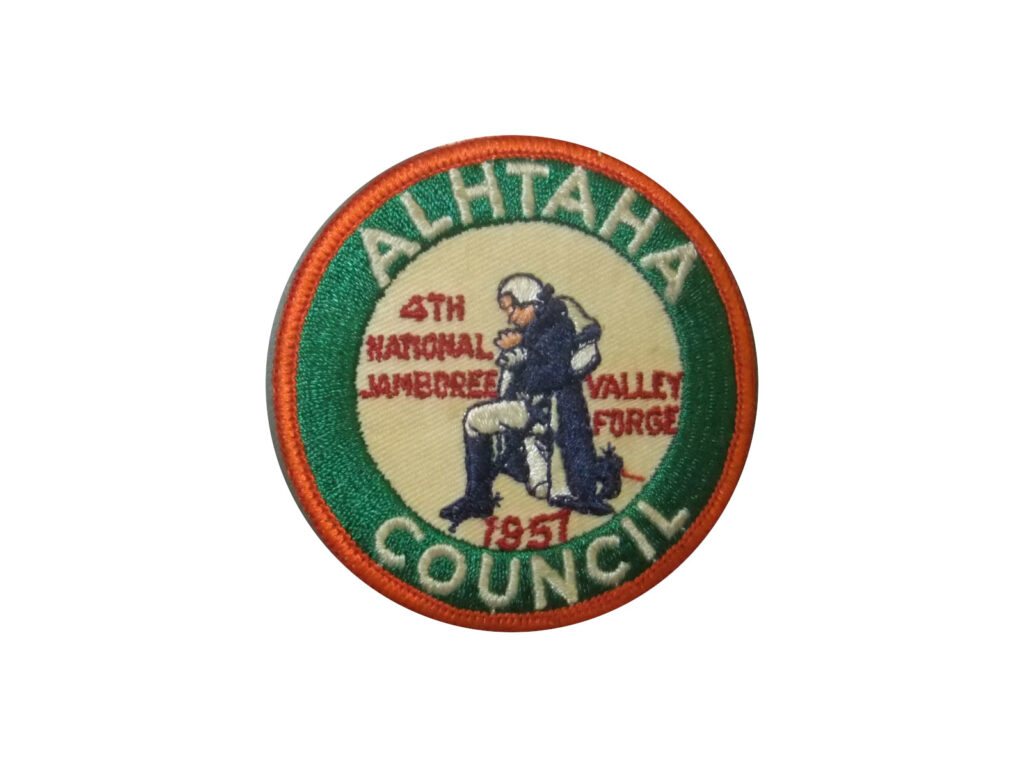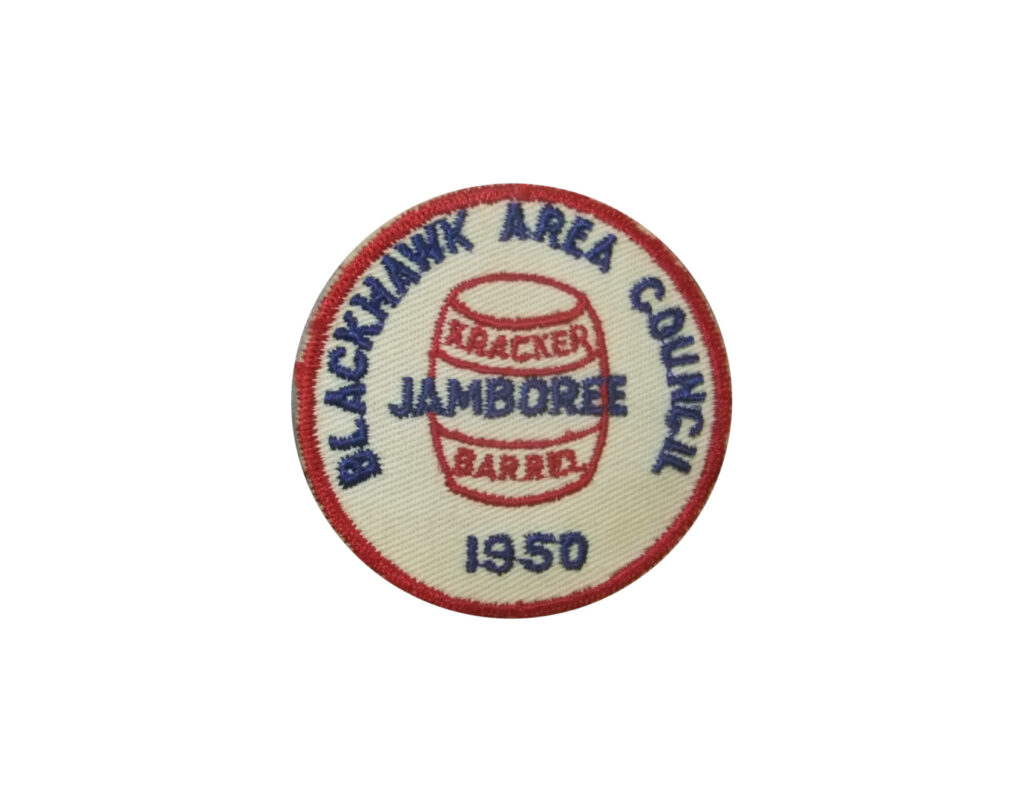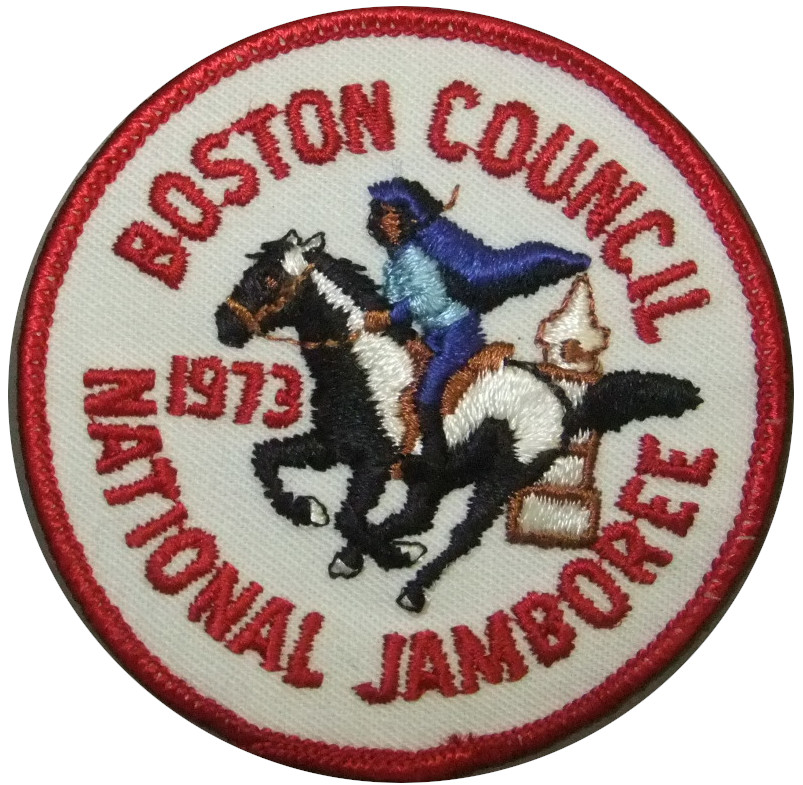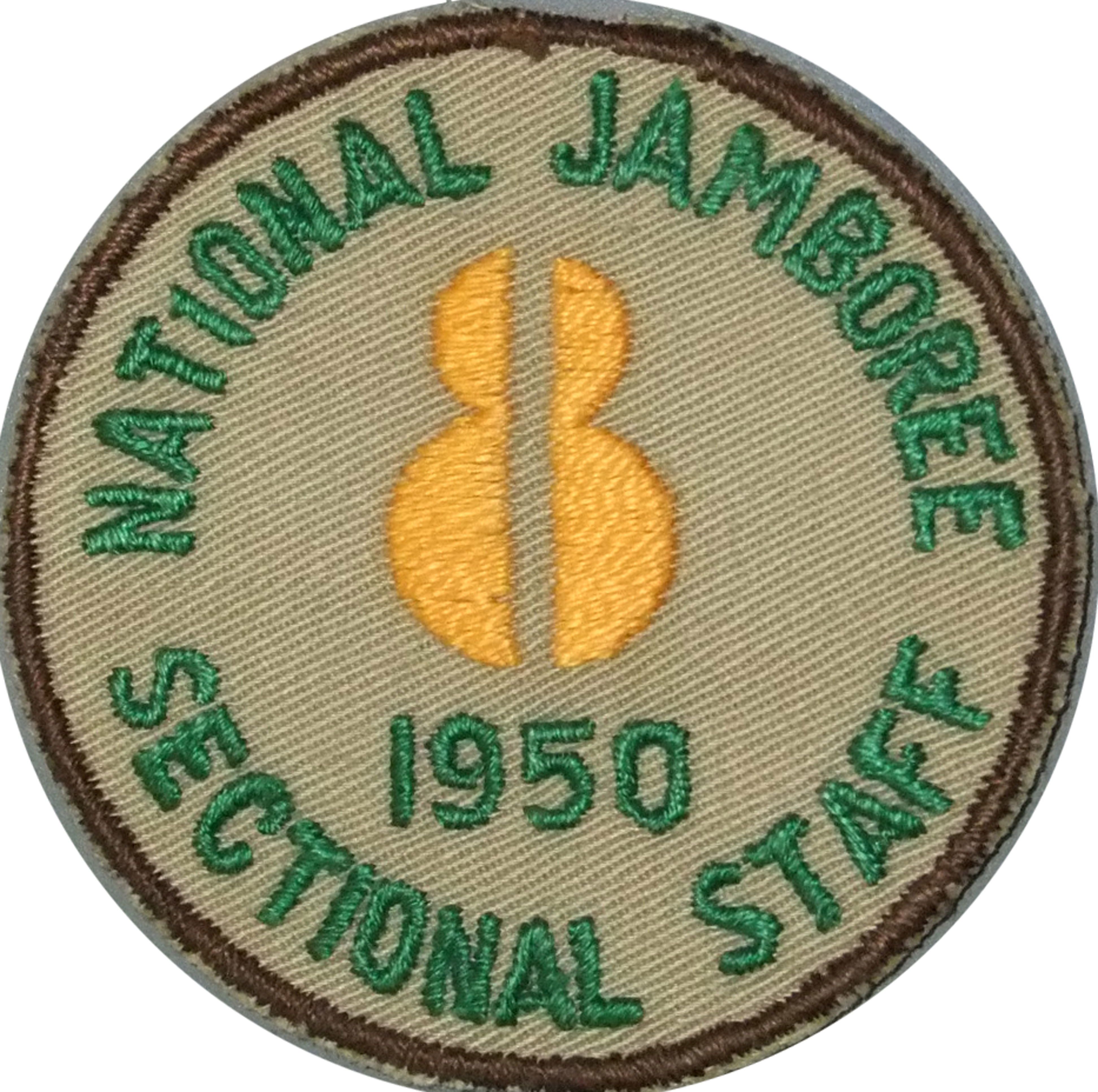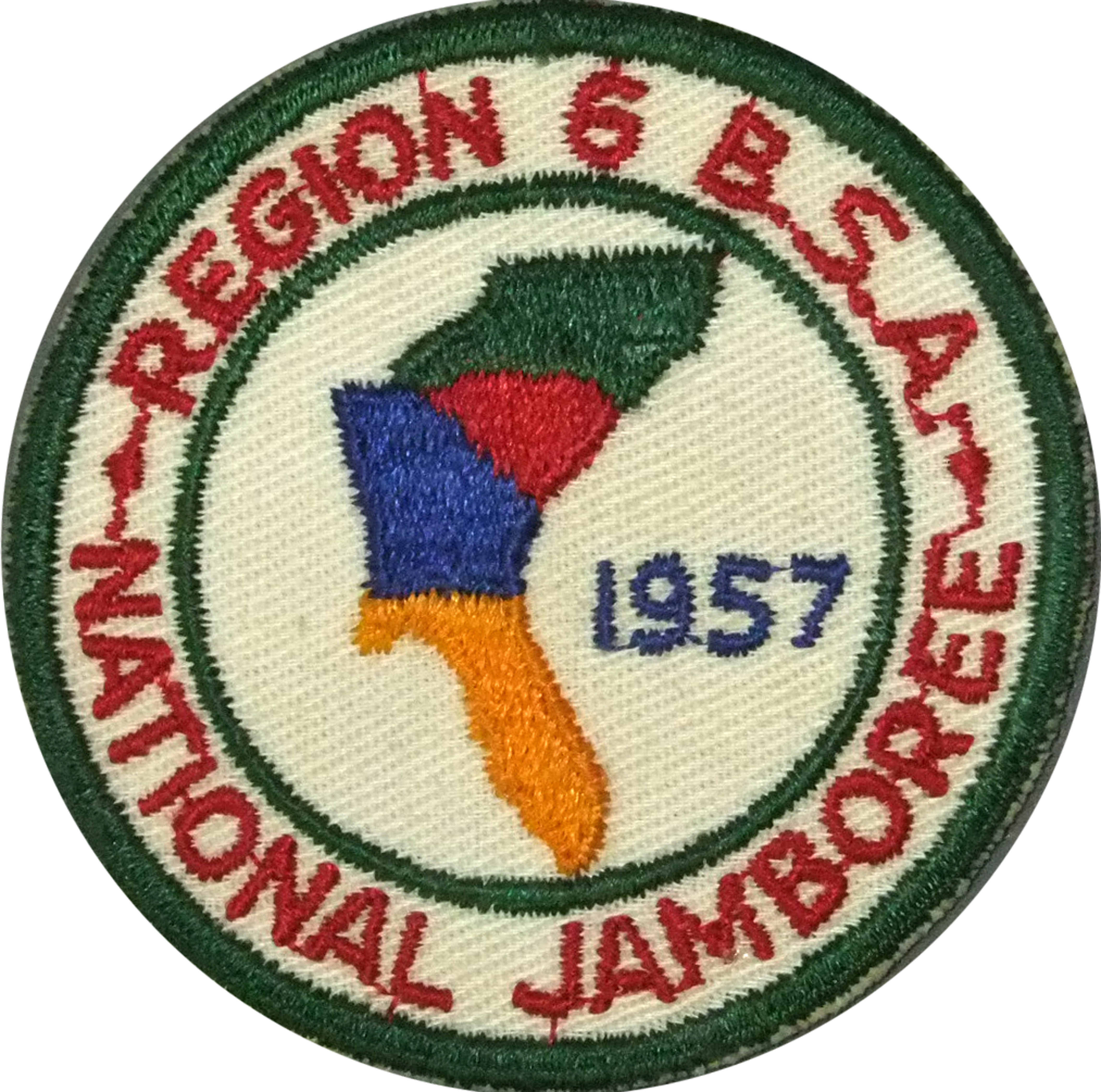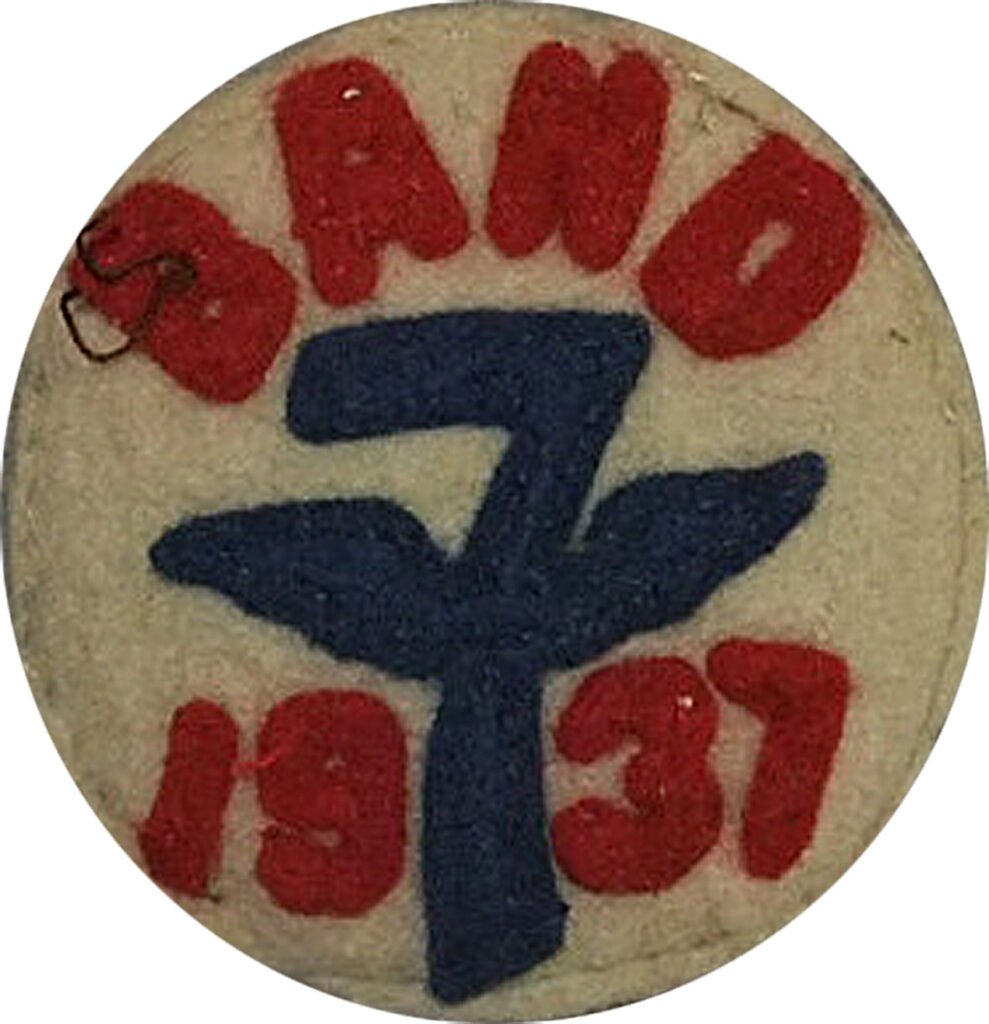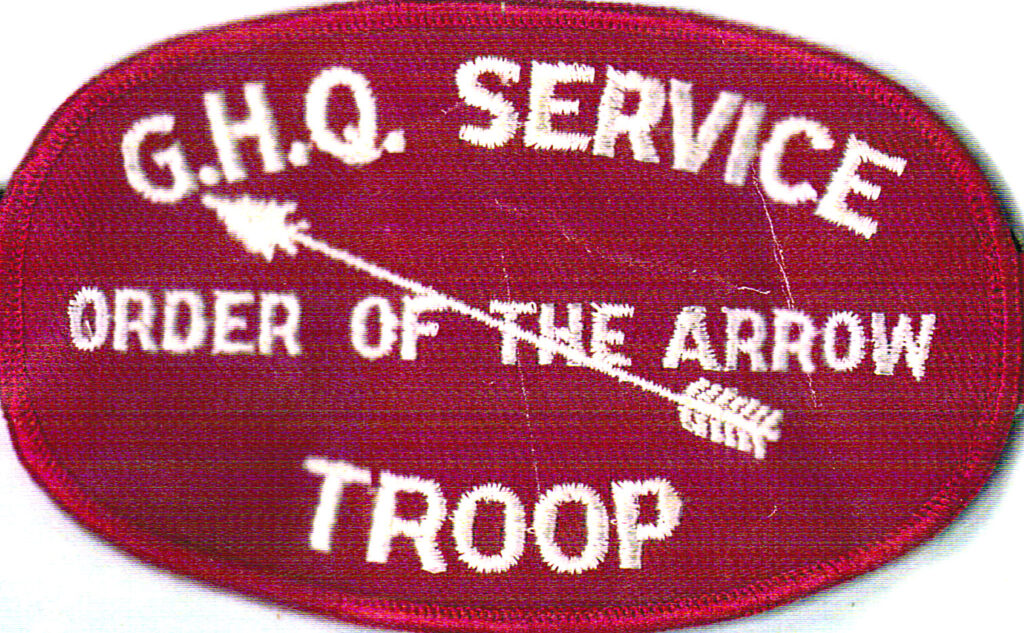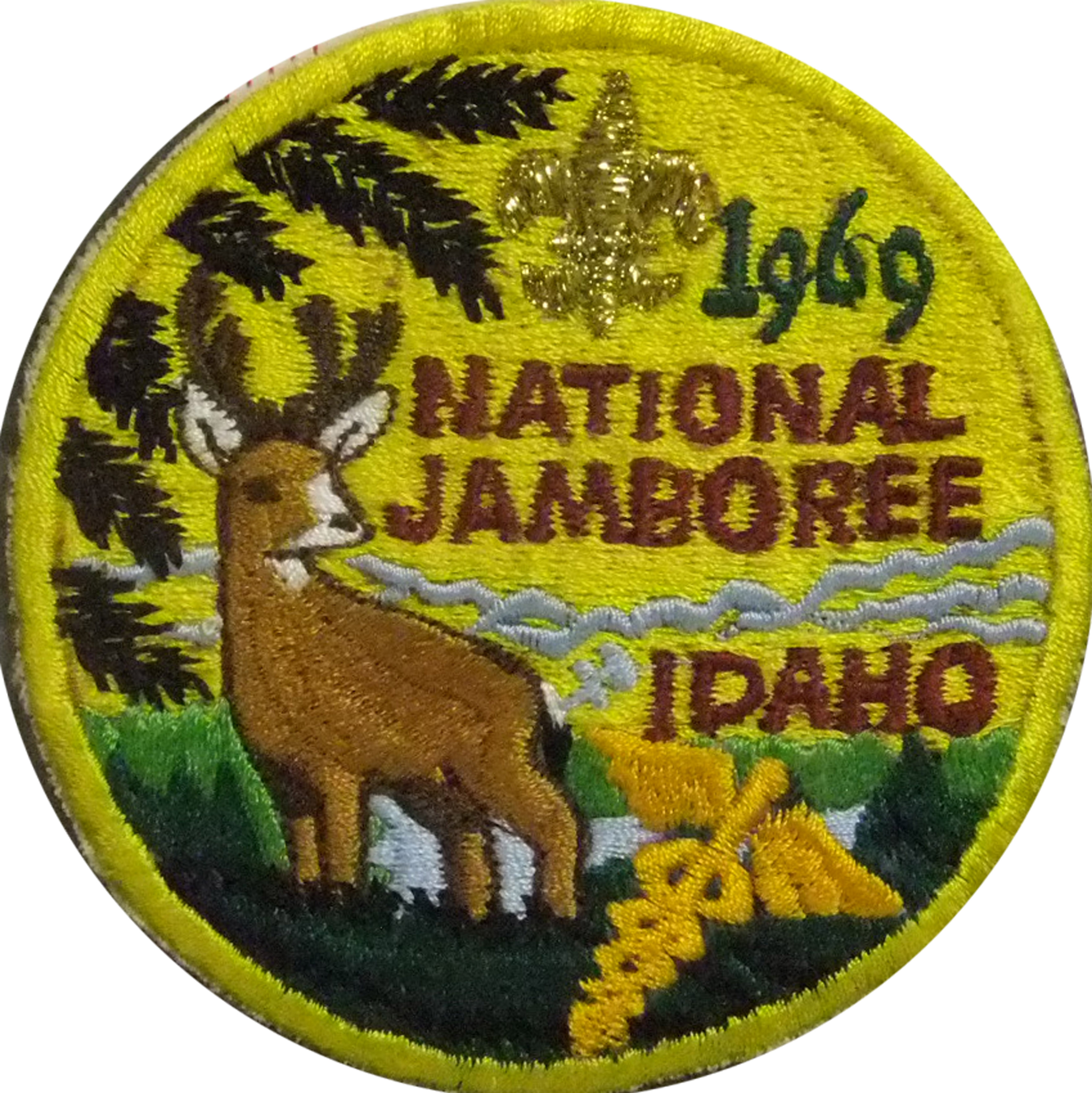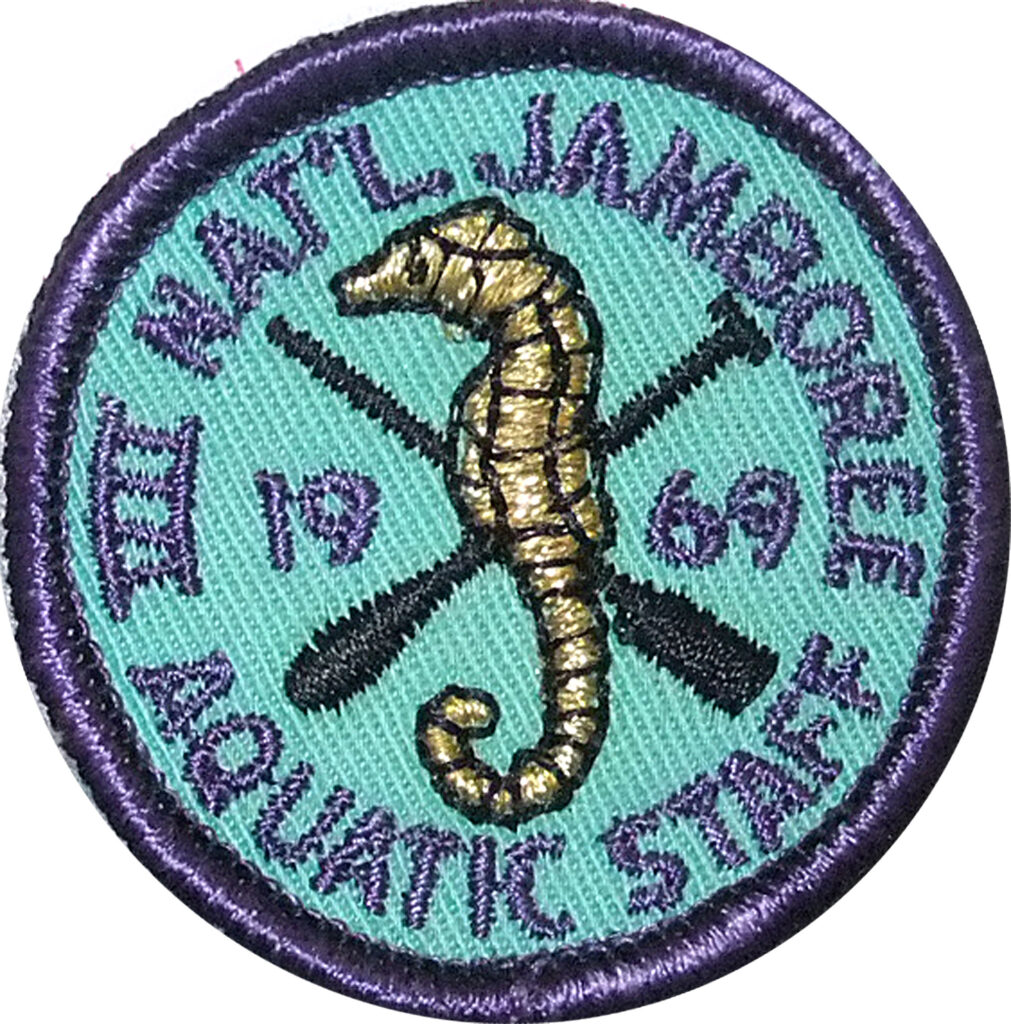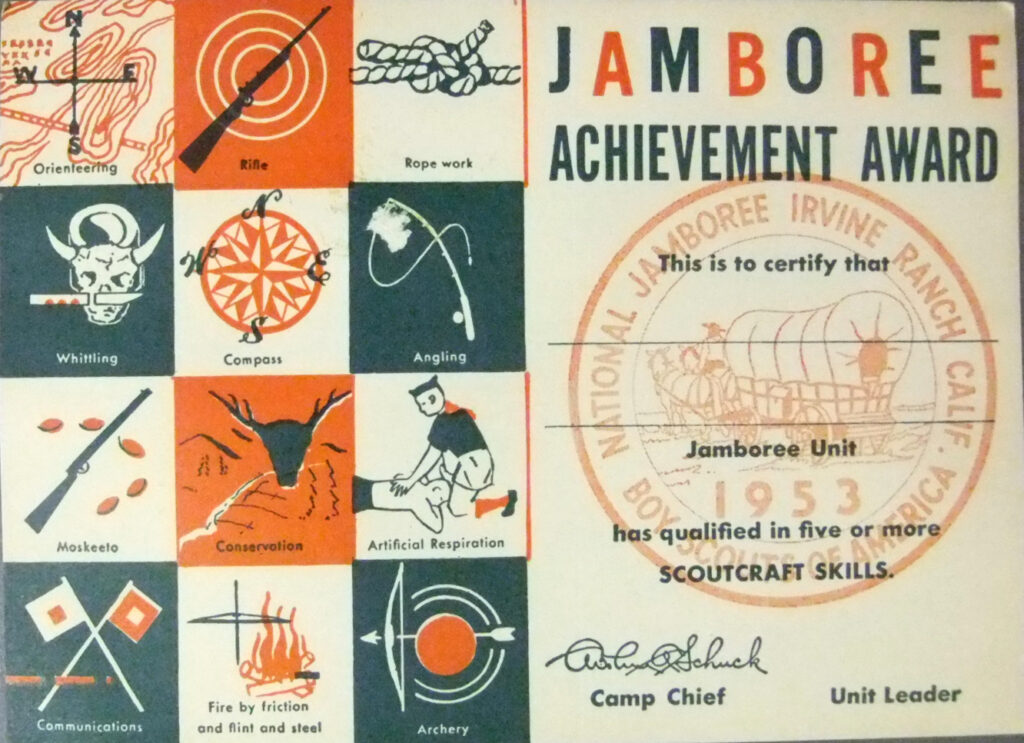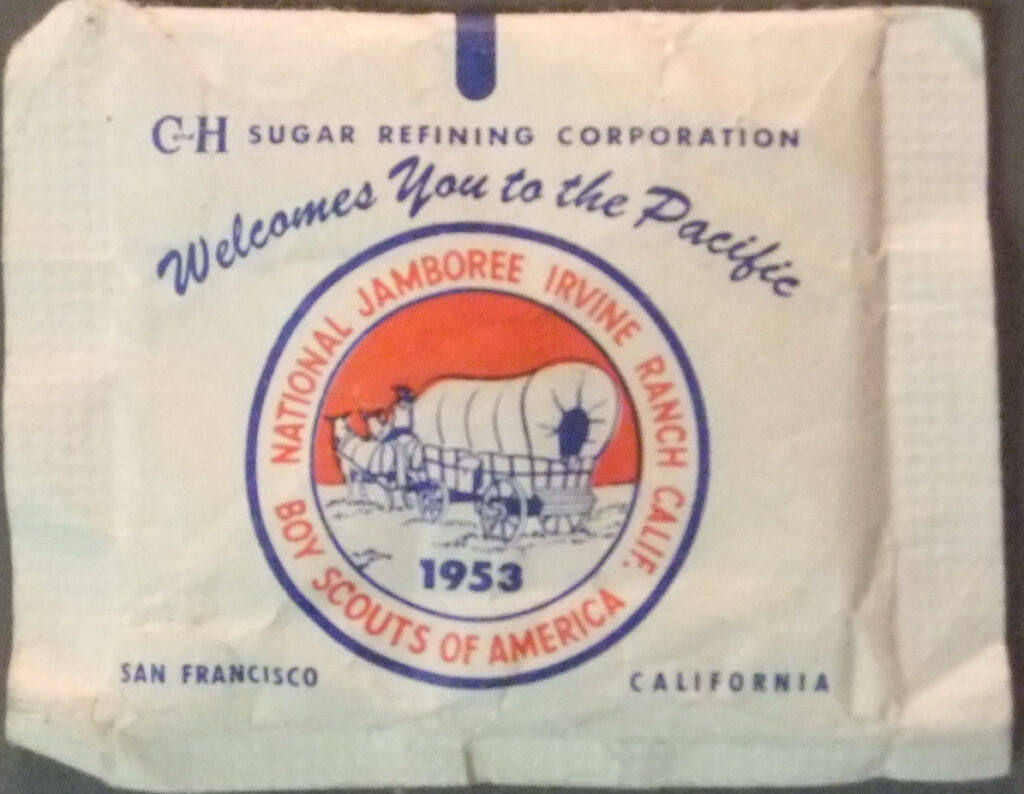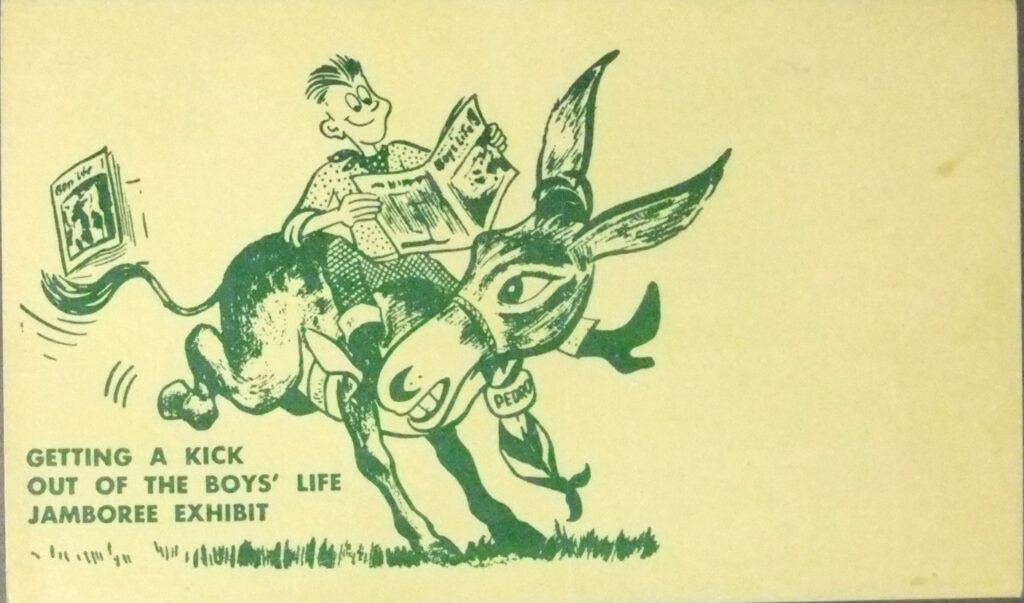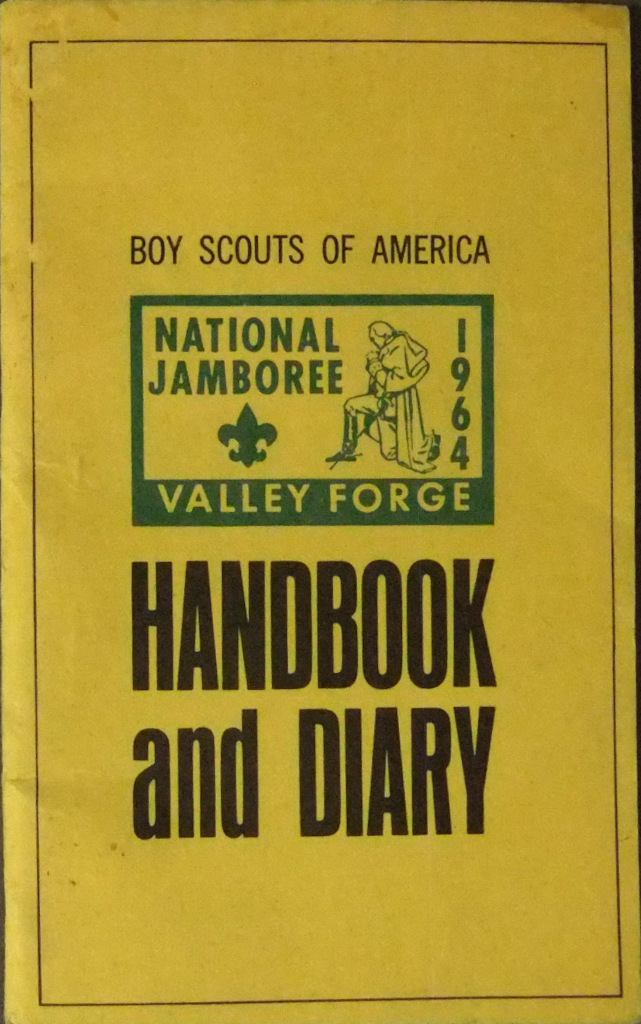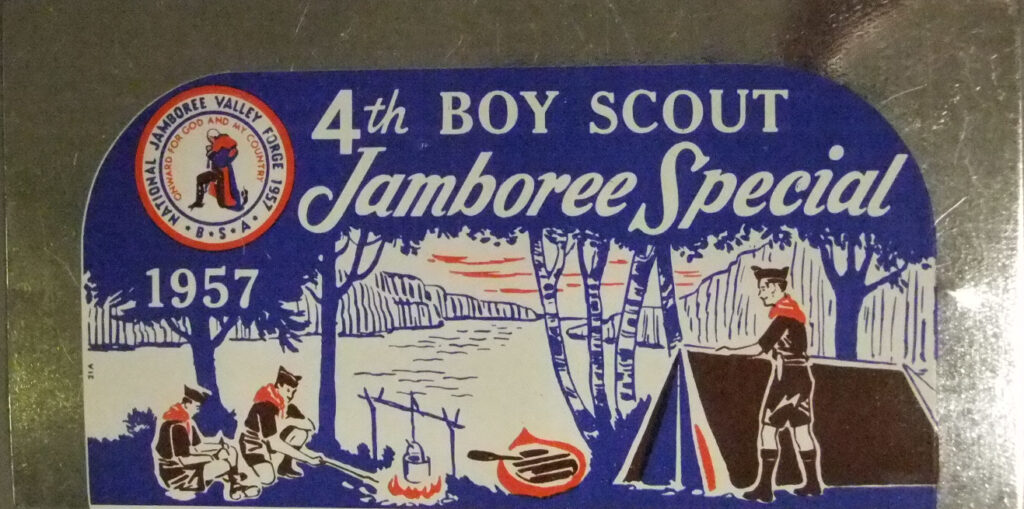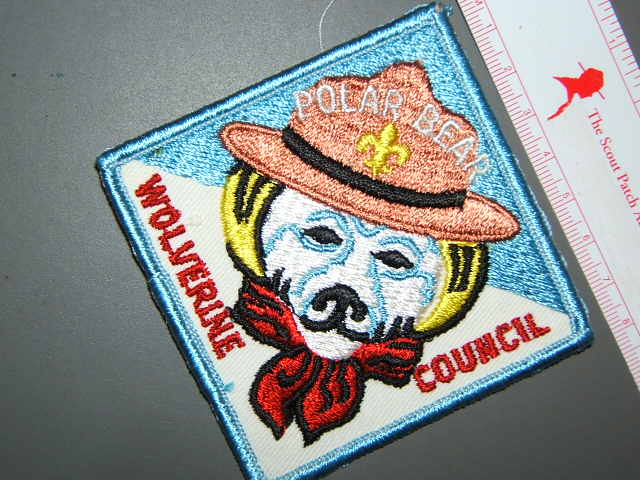Boy Scout OA Patch Restrictions
I came across an interesting booklet that came with one of our recent acquisitions. I had not seen it before. It is from 1970. It documents an era now generally passed but some of us remember from our youth. It records the patch restrictions for every lodge!
Collector Rory Freeman from Brooklyn, NY put it together. It is titled simply “1970 Order of the Arrow Lodge Flap Restrictions List“. It sold for $1. It was mimeograph printed and not fancy but remember this was before Adobe Pagemaker or any other computer assisted tools.
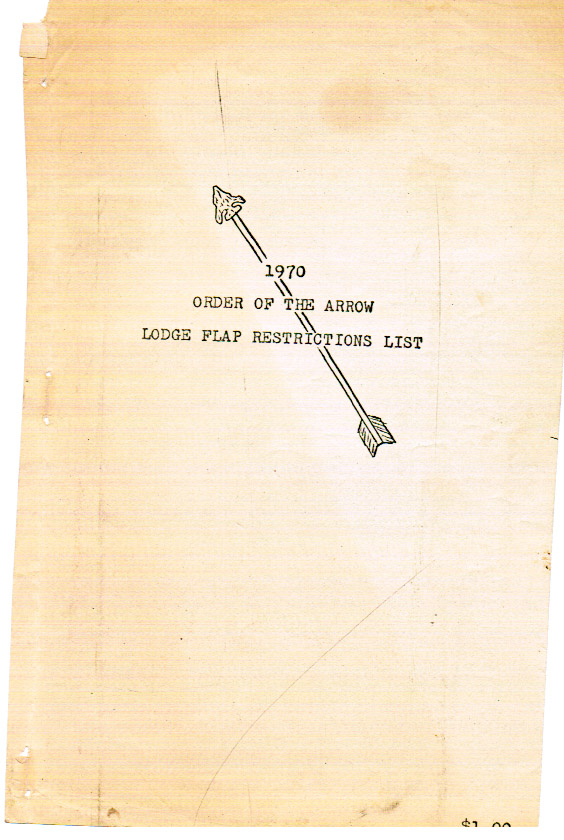
In this era many (most?) lodges had some kind of restricted issue patch. By “restriction” we do not mean the modern era restriction of only so many made.
A personal example
My home lodge was Munhacke 88 of Portage Trails Council. My flap was restricted to one per OA honor. That is, when one completed his Ordeal he would receive one. One more could be bought when completing Brotherhood. One more could be bought if and when one was awarded Vigil Honor. It was considered “No trade.” That is, if one were found to have traded it, one could be kicked out of the lodge.
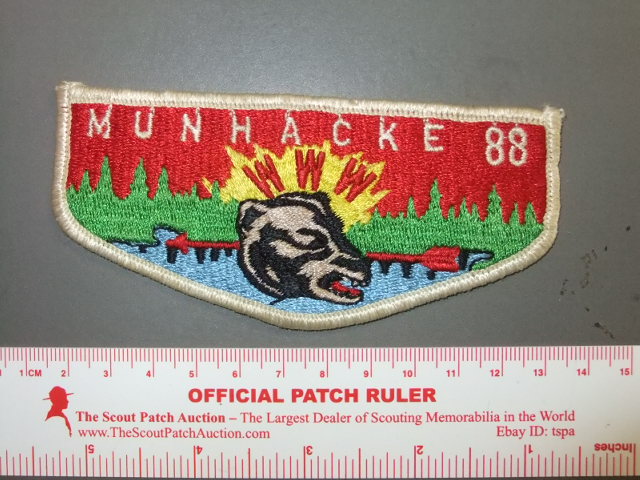
Now Rory gets this sort of right and sort of wrong. He mentions it being one per life (a common restriction at that time.) He also mentions though that we had a trading flap with the term “RTA” or “Restricted but trading flap available.”
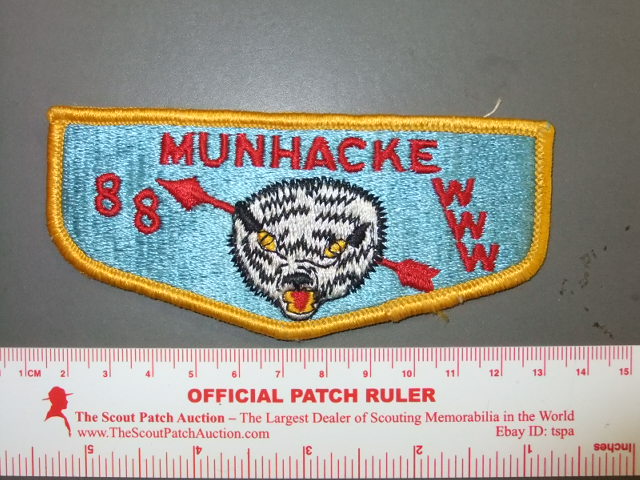
I was awarded my Vigil Honor in 1973 at the last conclave for Munhacke as our council absorbed Wolverine Council out of Monroe, MI. Thus I had three of our restricted flaps. At that summer’s NOAC I could have traded one of my restricted flaps for a stack of flaps if I had wanted. But I honored the no trading restriction.
Inside the booklet
Rory records the various types of restrictions. Some being like Munhacke’s (or harder). Some were so many per year or work session.
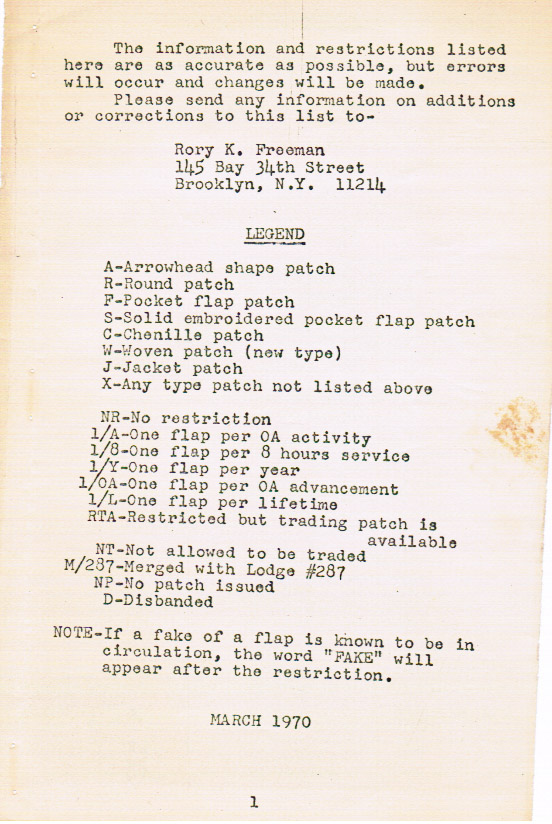
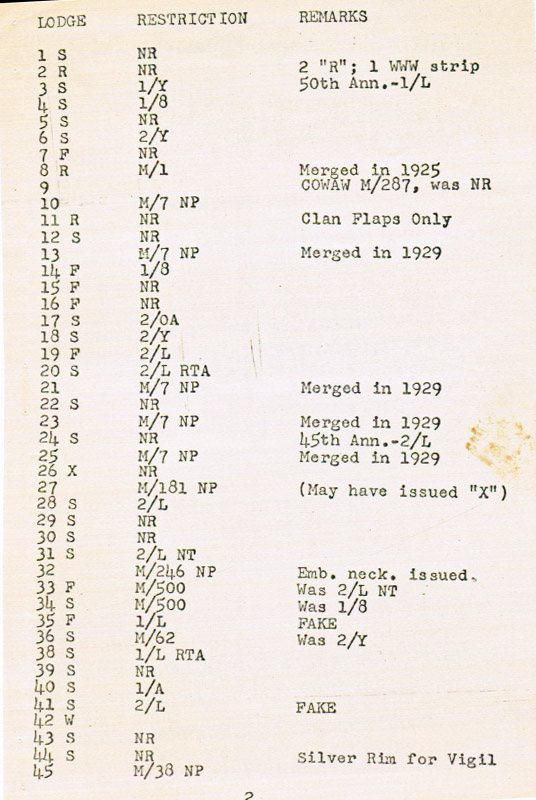
Patch examples
For some lodges at this time they even went to the point of number their restricted patches as they were issued. Here is an example out of Pennsylvania, Tunkhannock Lodge 476.
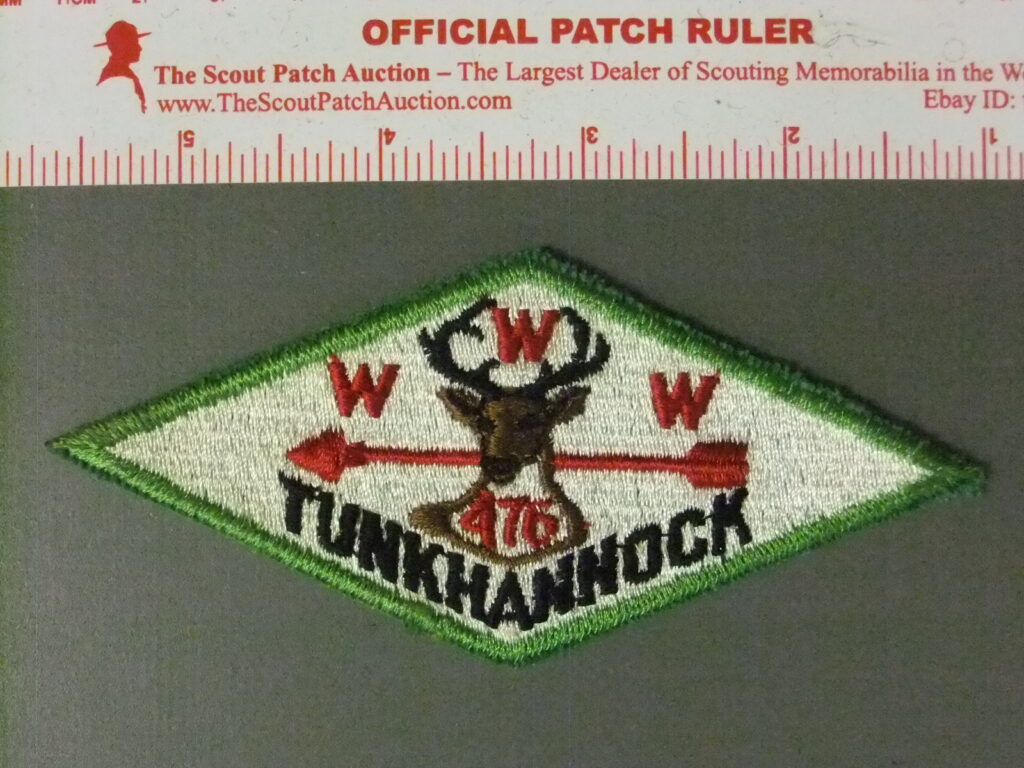
Their X3, not flap shaped but worn on the flap, was numbered on the back. Their earlier issues were not numbered.
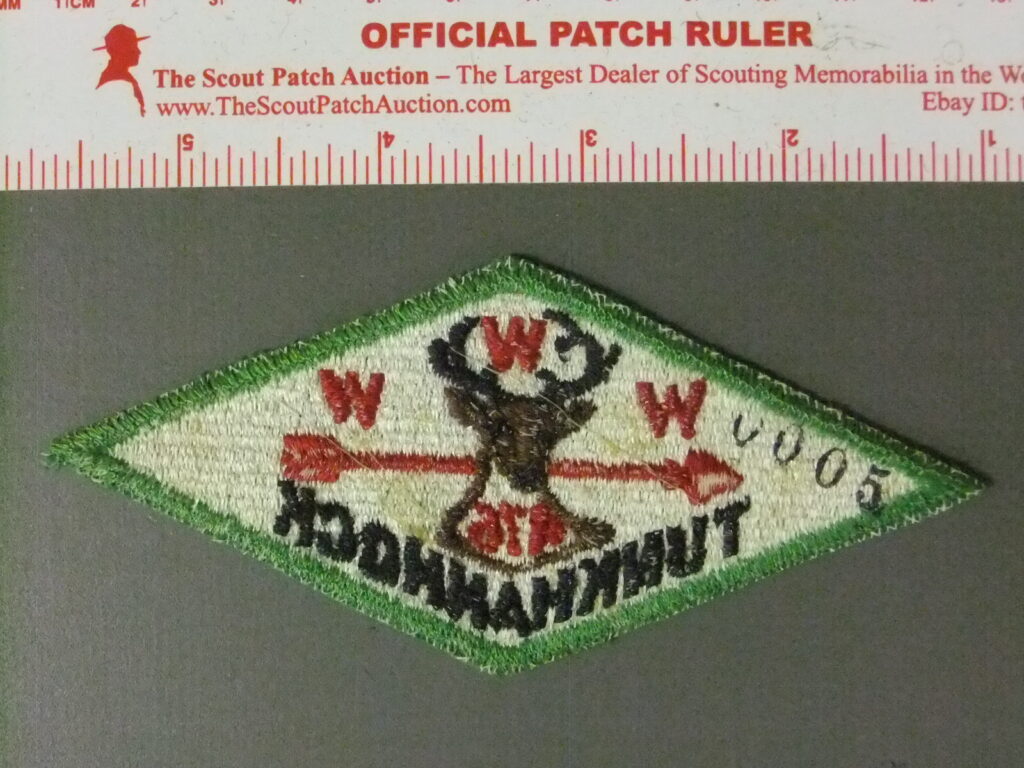
Other books showing restrictions
I am not sure the earliest printing of the Bill Price OA collecting books but Rory’s work might have pre-dated it or certainly coincided with it. Bill’s books were much more actively distributed and used from my experience.
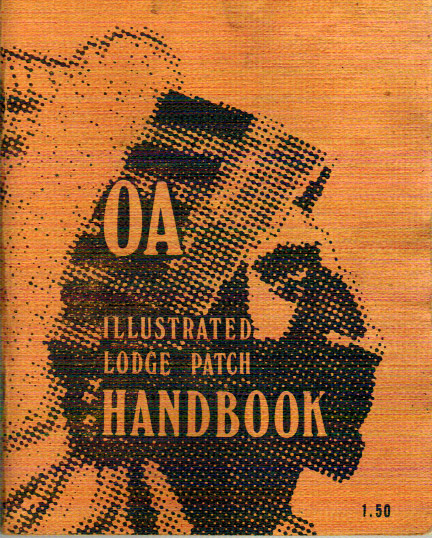
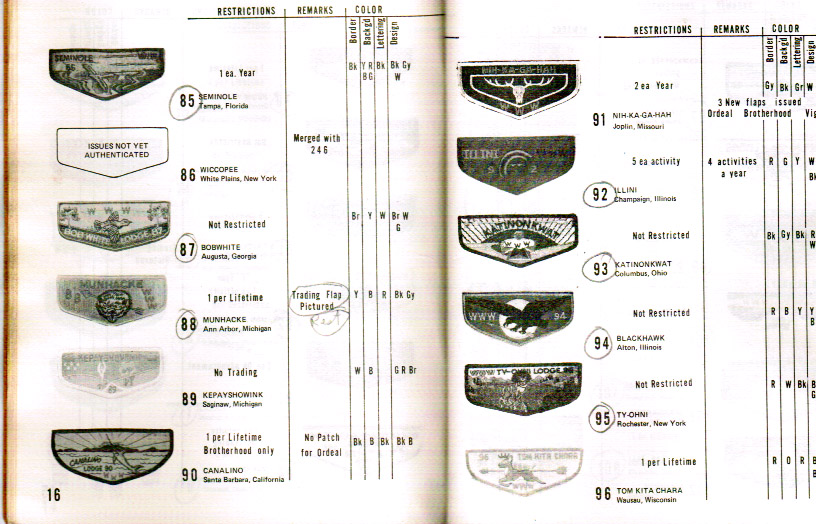
Due to lodge restrictions, some of the hardest lodges to collect a flap from were active lodges and not long merged lodges. The example pages from the Bill Price book show three of these. They include Kepayshowink 89, Canalino 90 and Tom Kita Chara 96. A survey collector Bob Cylkowski did at around this time put all three of these in the “Top 10 Hardest OA Numbers” along with Calusa 219 and Michikinaqua 155.
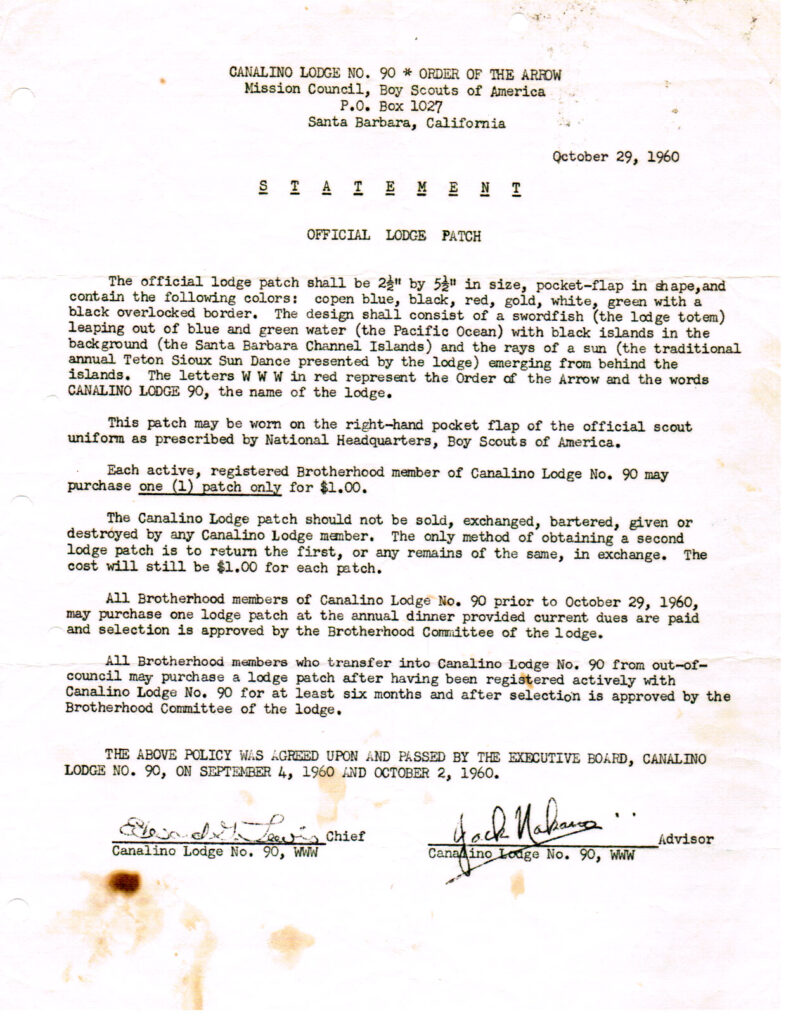
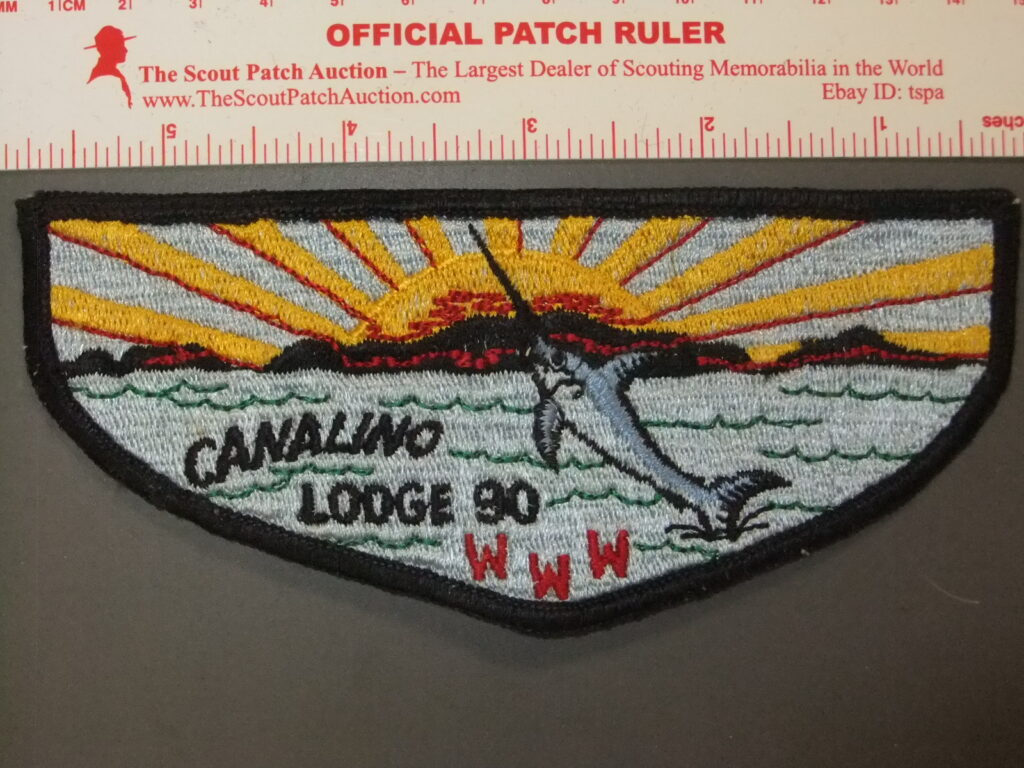
For Canalino, if one’s patch became damaged, one would have to turn their patch in to get a replacement. Each patch was numbered and associated with the lodge member. The patch turned in was destroyed.
Rory issued a couple of supplements but wrapped things up after one year of research and publishing. The supplements are included in the link to the PDF of the booklet.
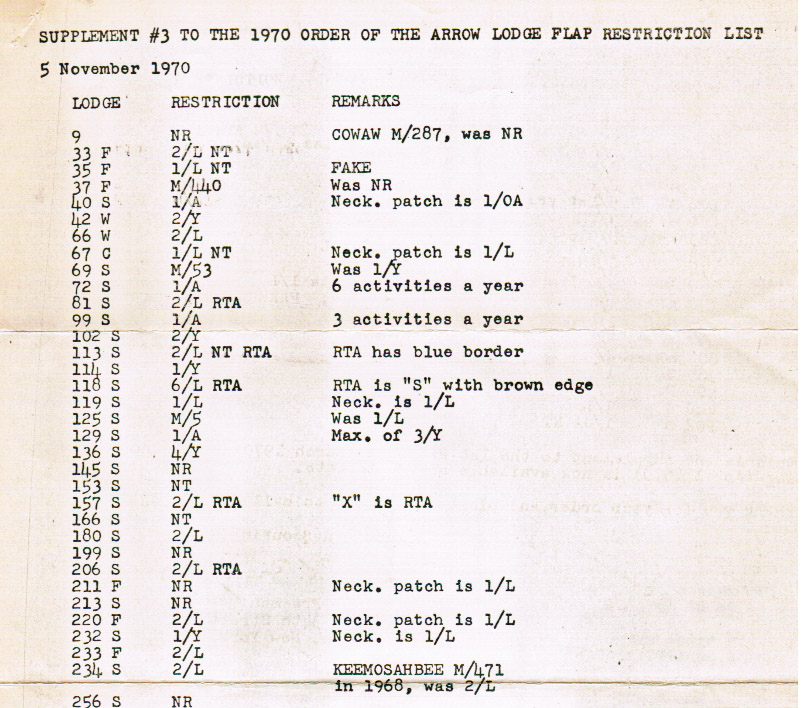
Going beyond flaps
The supplement makes reference to lodge neckerchiefs. At this time many were just as heavily restricted as lodge flaps and in many cases more so.
My Munhacke 88 neckerchief was also one per life no trade. It is much rarer than the restricted flap as only a few lodge members bought neckerchiefs typically those going to conclaves or NOACs.
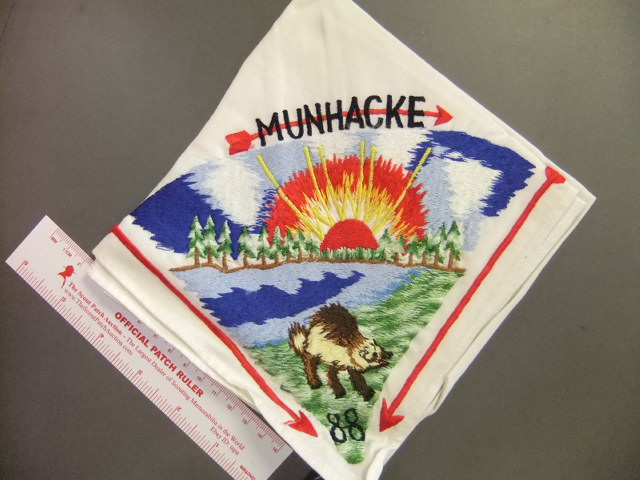
We were quite a sight to see though as a contingent all wearing this neckerchief as it was so distinctly colorful for the time period. A former lodge officer who was serving overseas during the Viet Nam war era arranged for the neckerchiefs to be embroidered there in a style that was not available here in the US. No two are alike. There are a couple of cloth differences. The first ones were embroidered on cotton cloth. The later ones were embroidered on rayon. The rayon ones were a pain to wear as the cloth rubbed against one’s neck.
Addendum
I shared this blog to some collecting groups on Facebook. Collector Bob Cylkowski shared a picture of the cover of a similar booklet put out by the Northern Illinois Traders Association (NITA) around this time.
